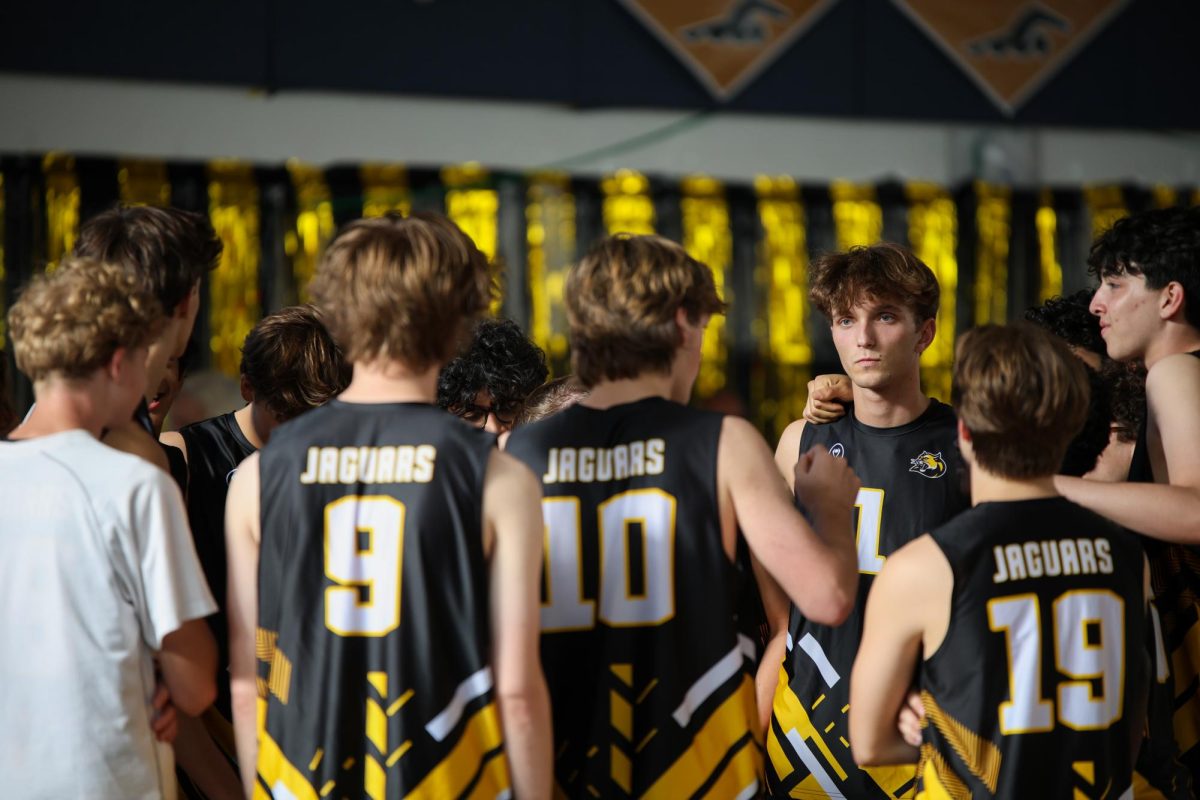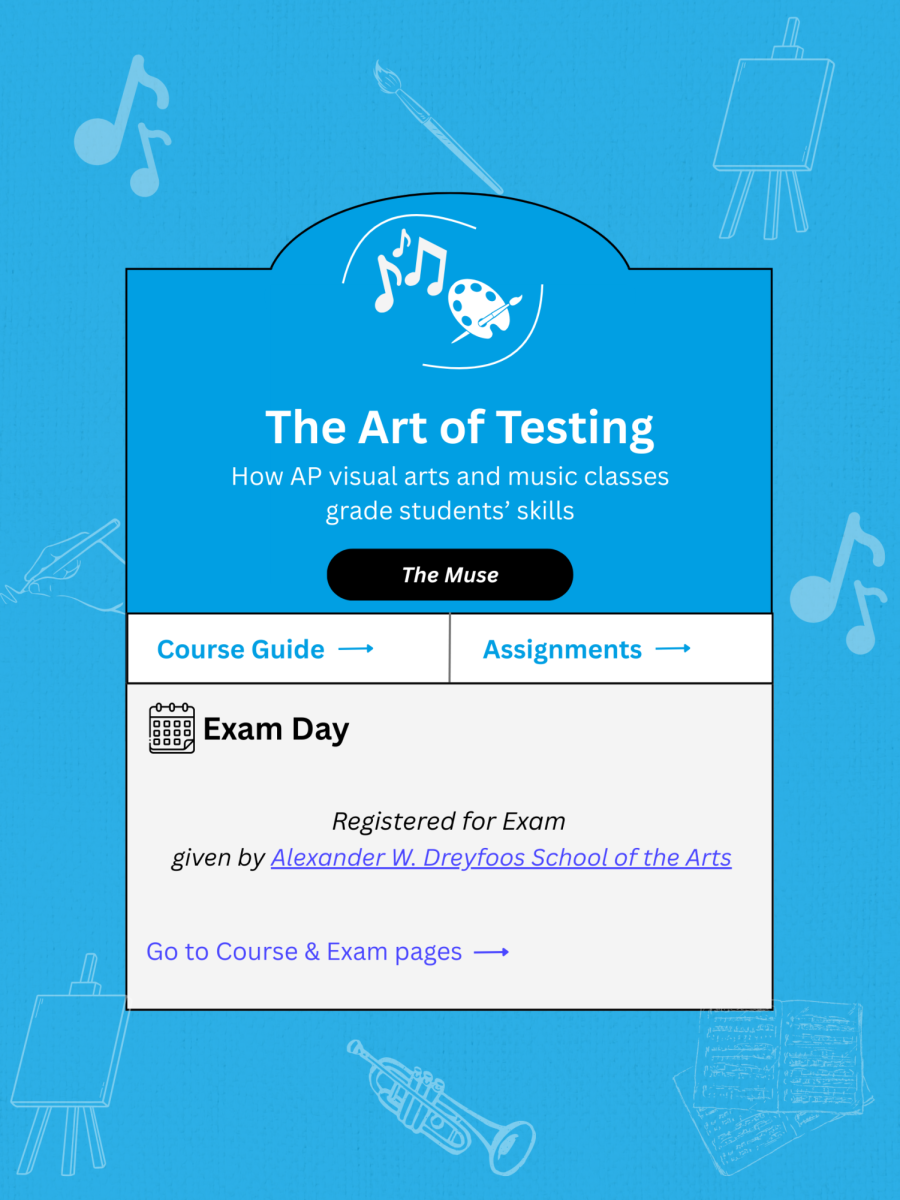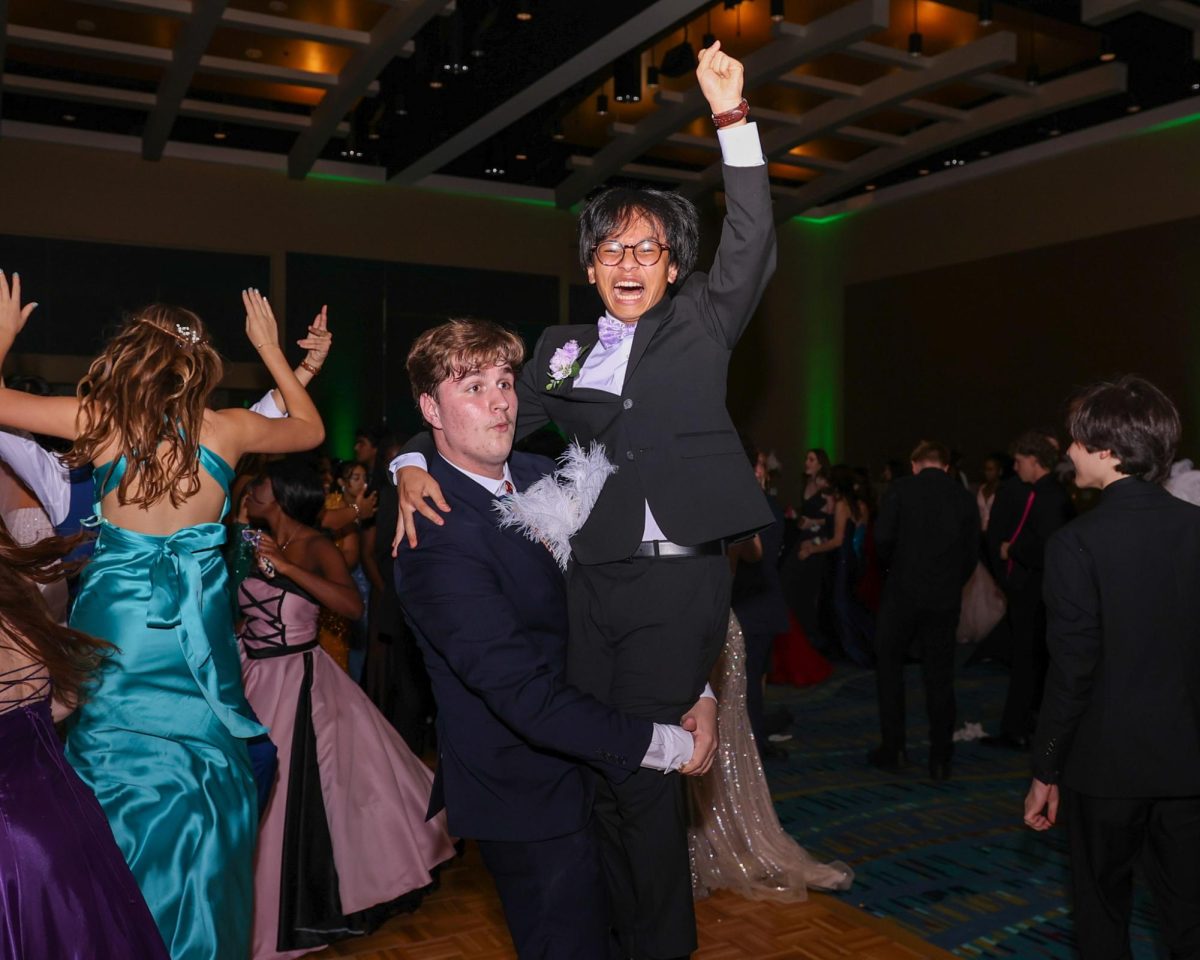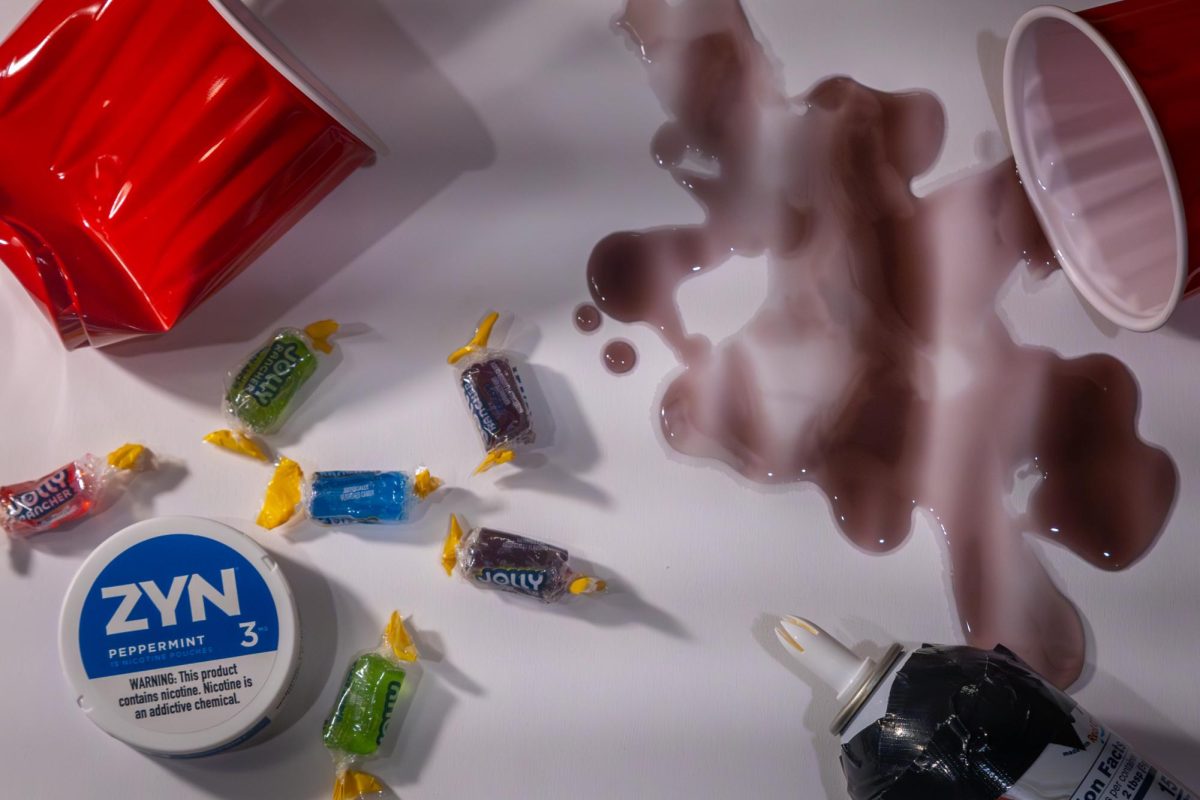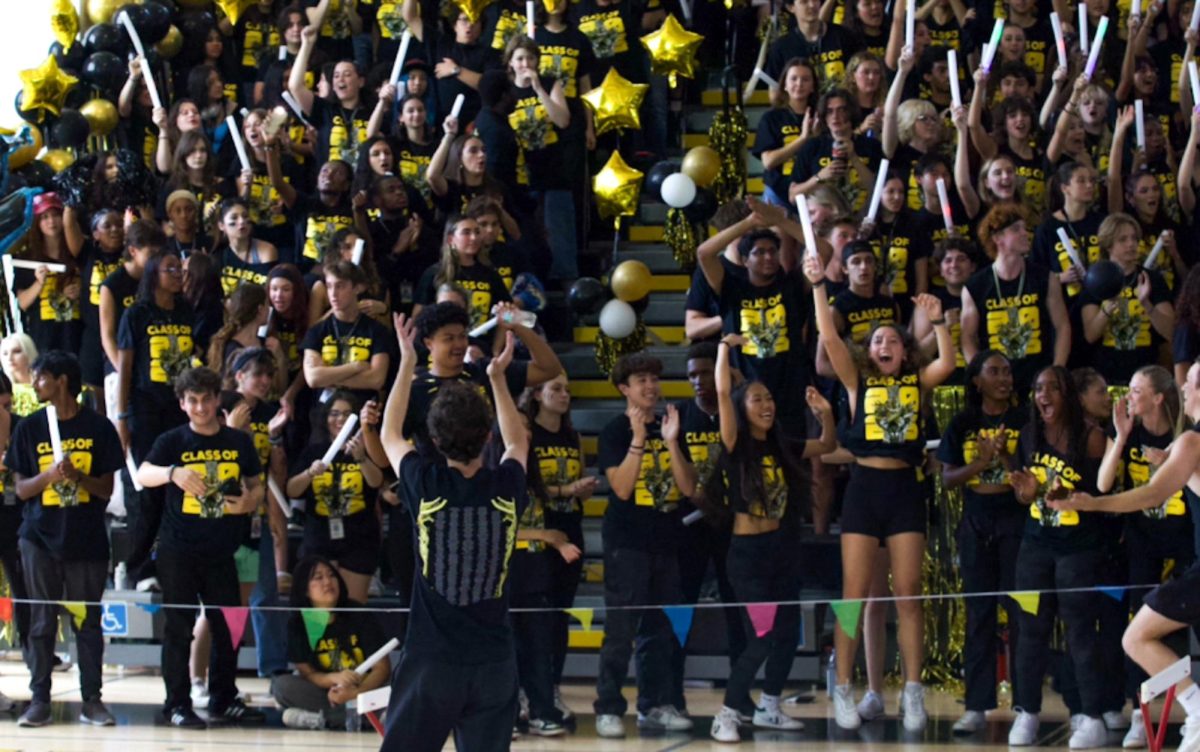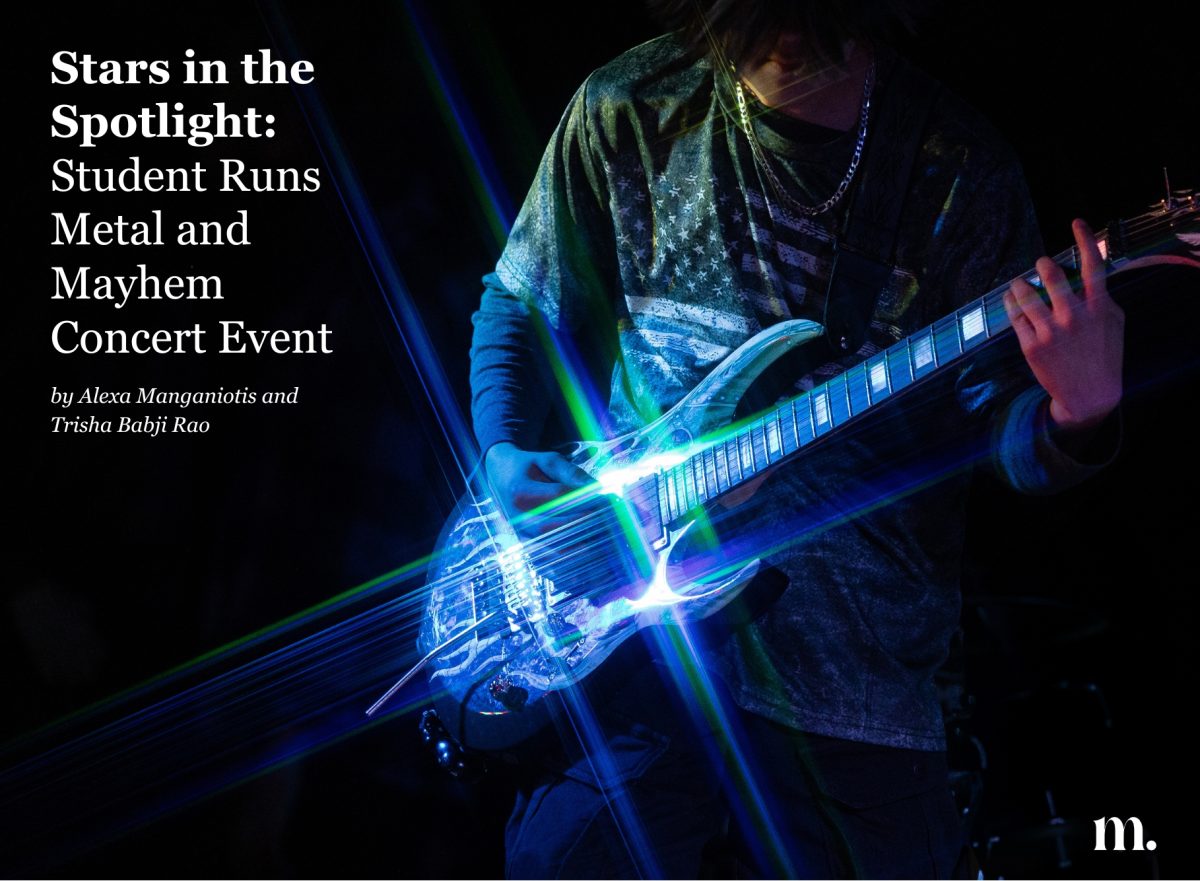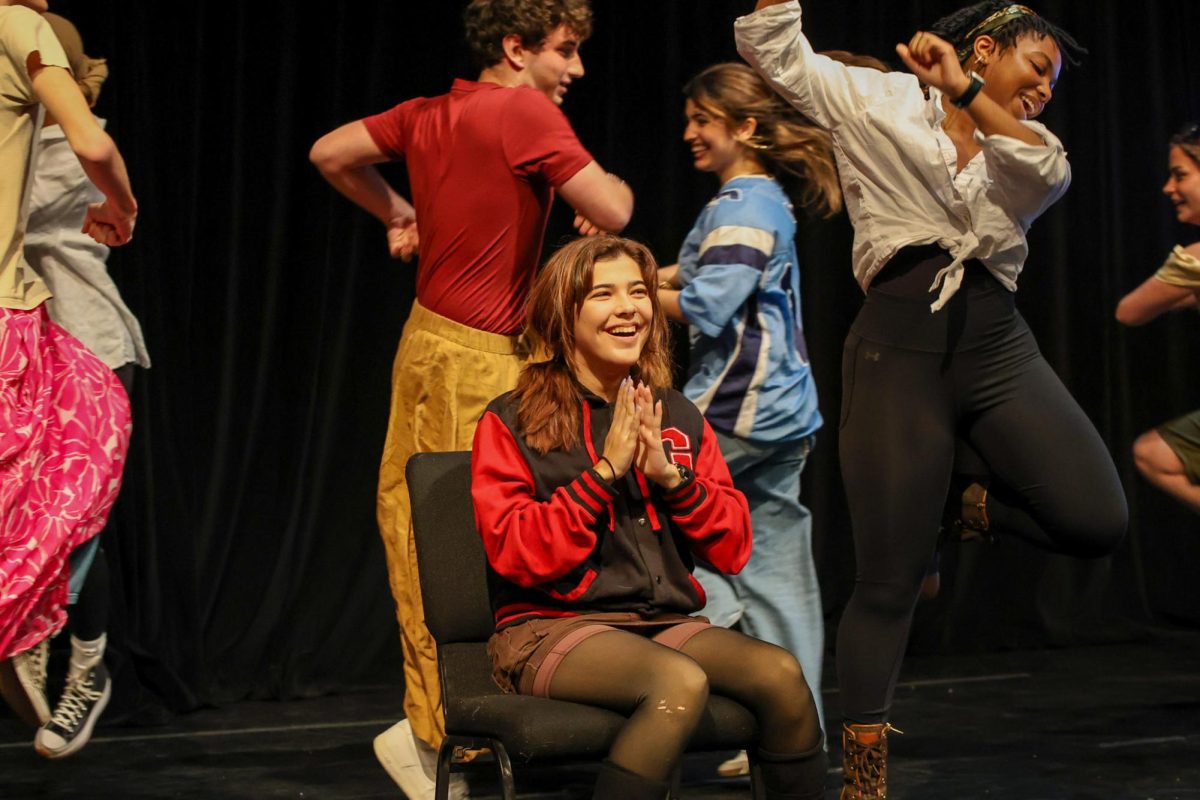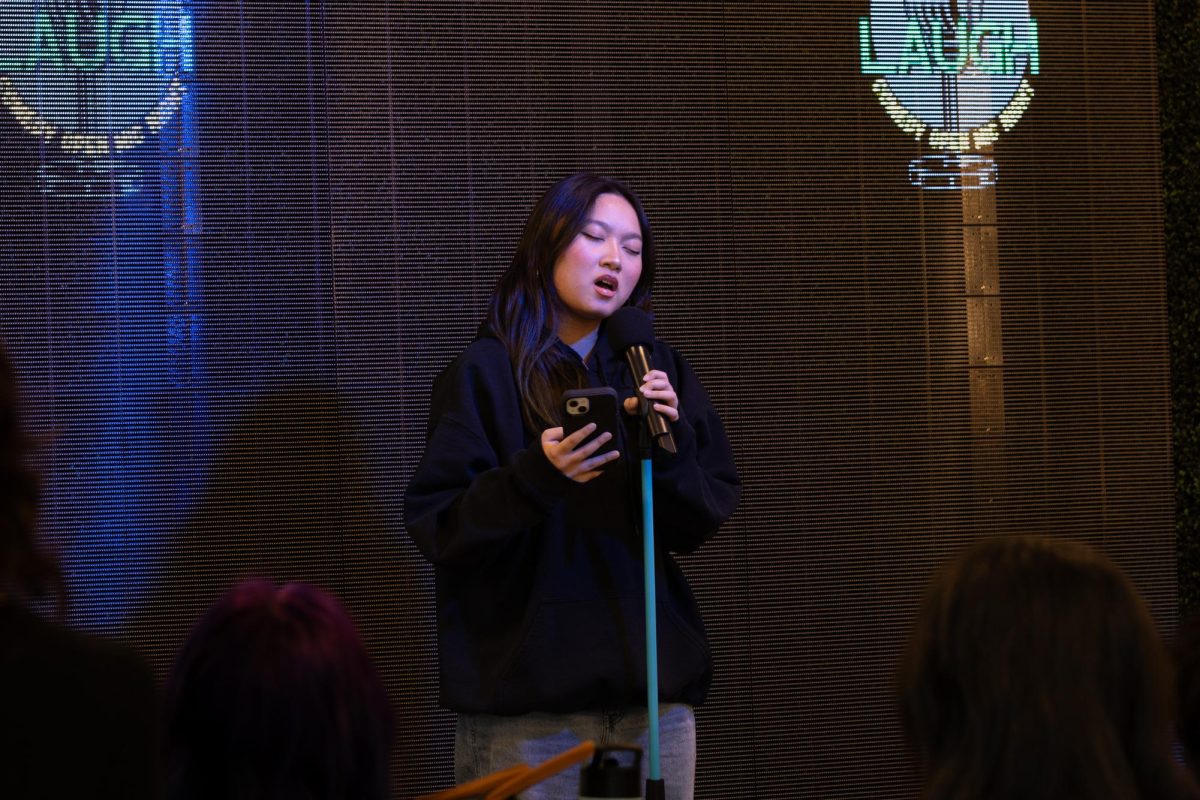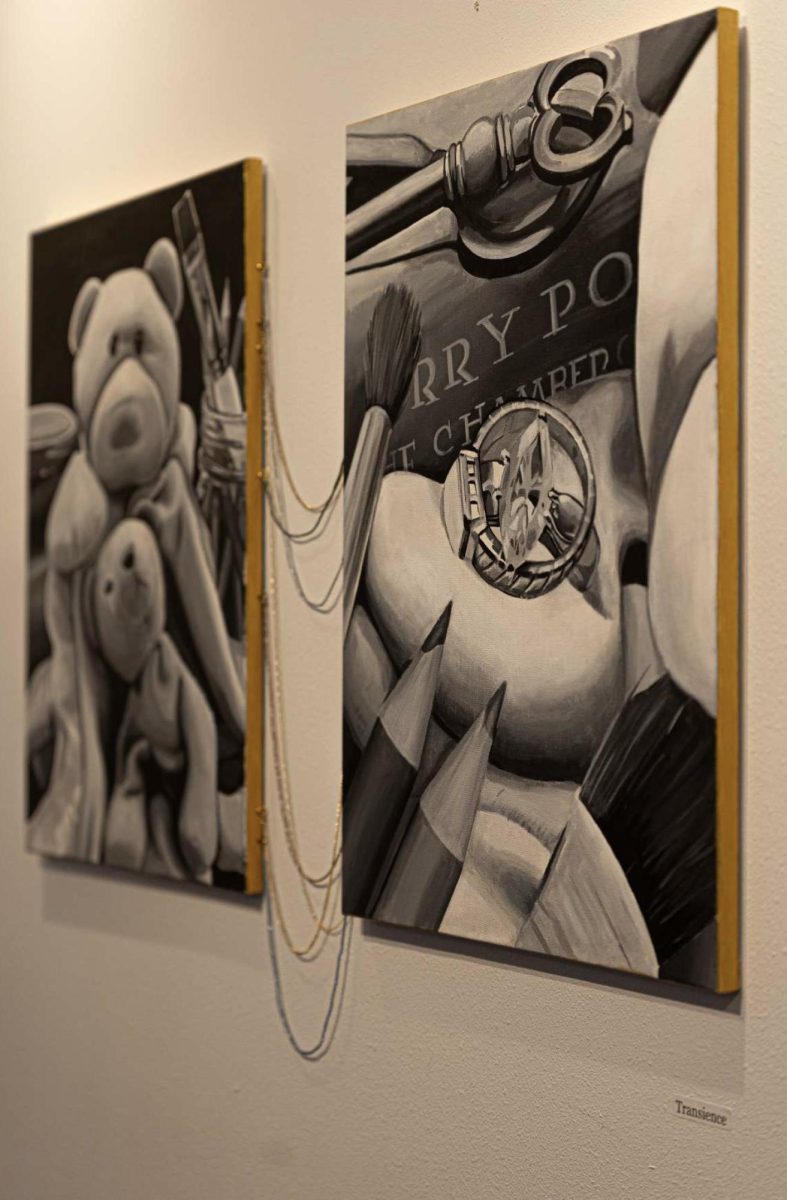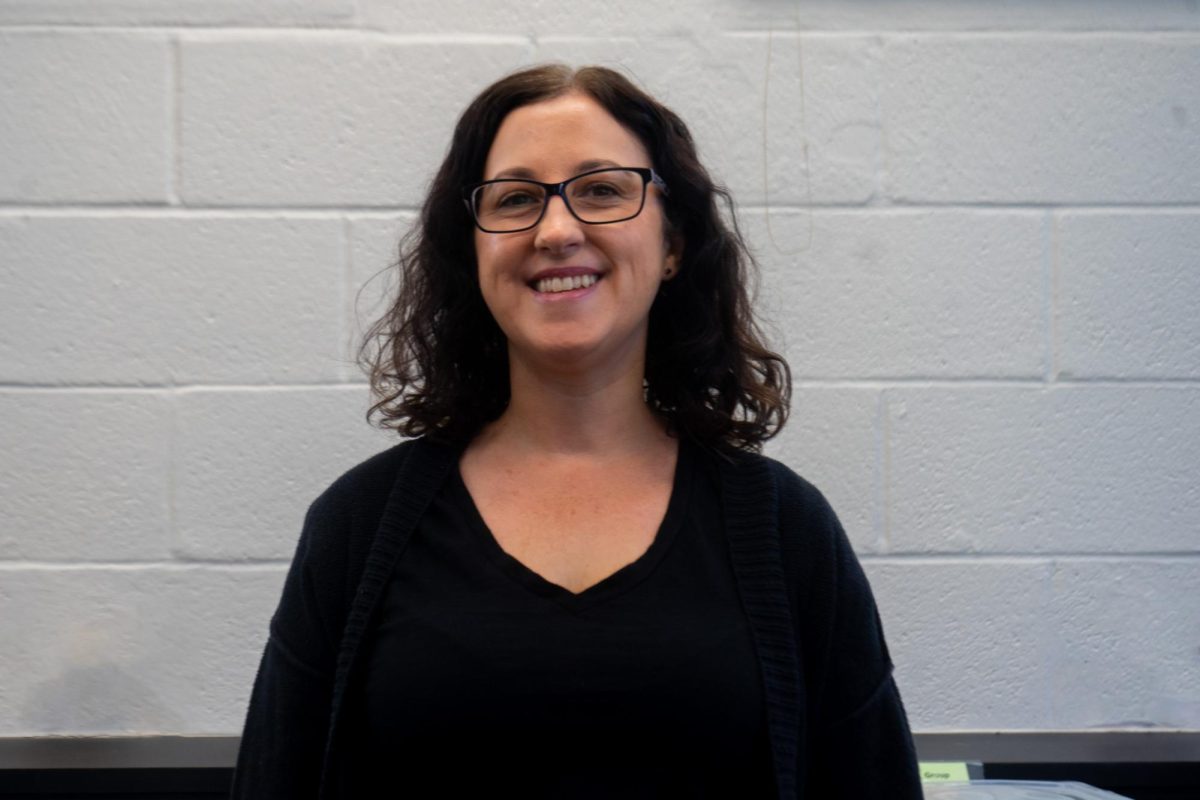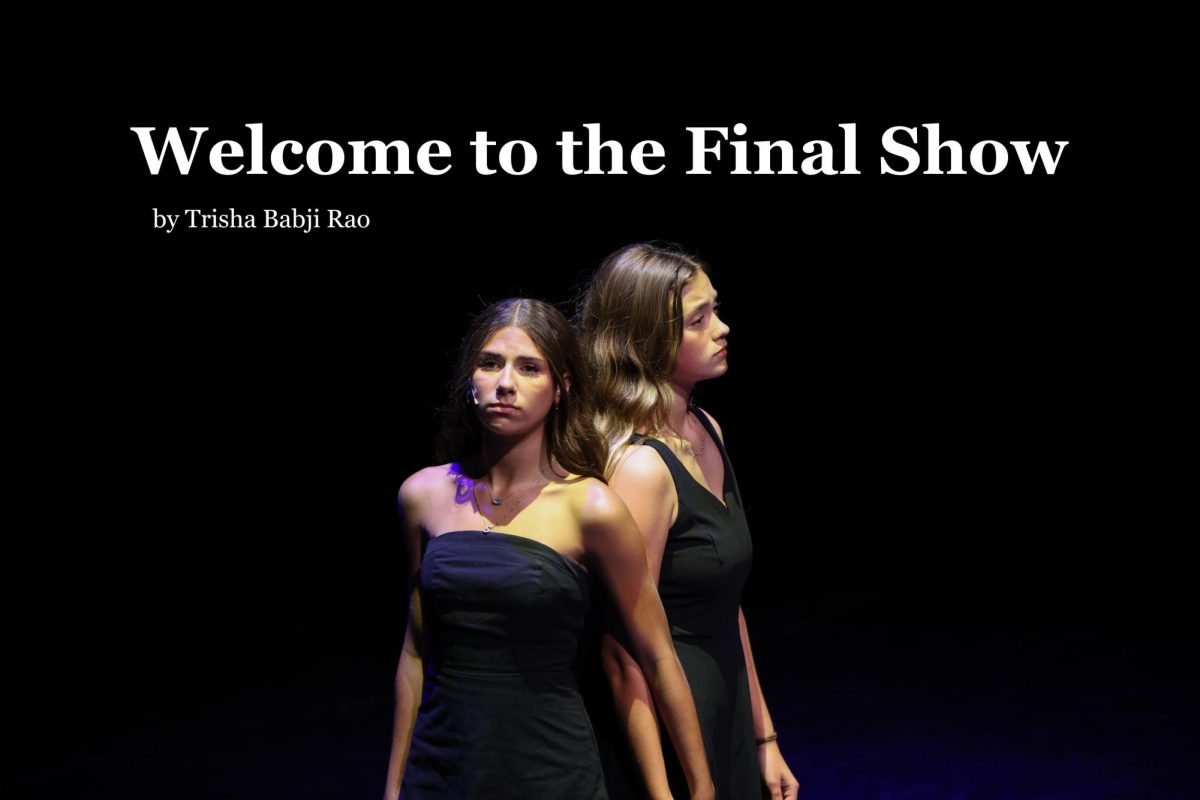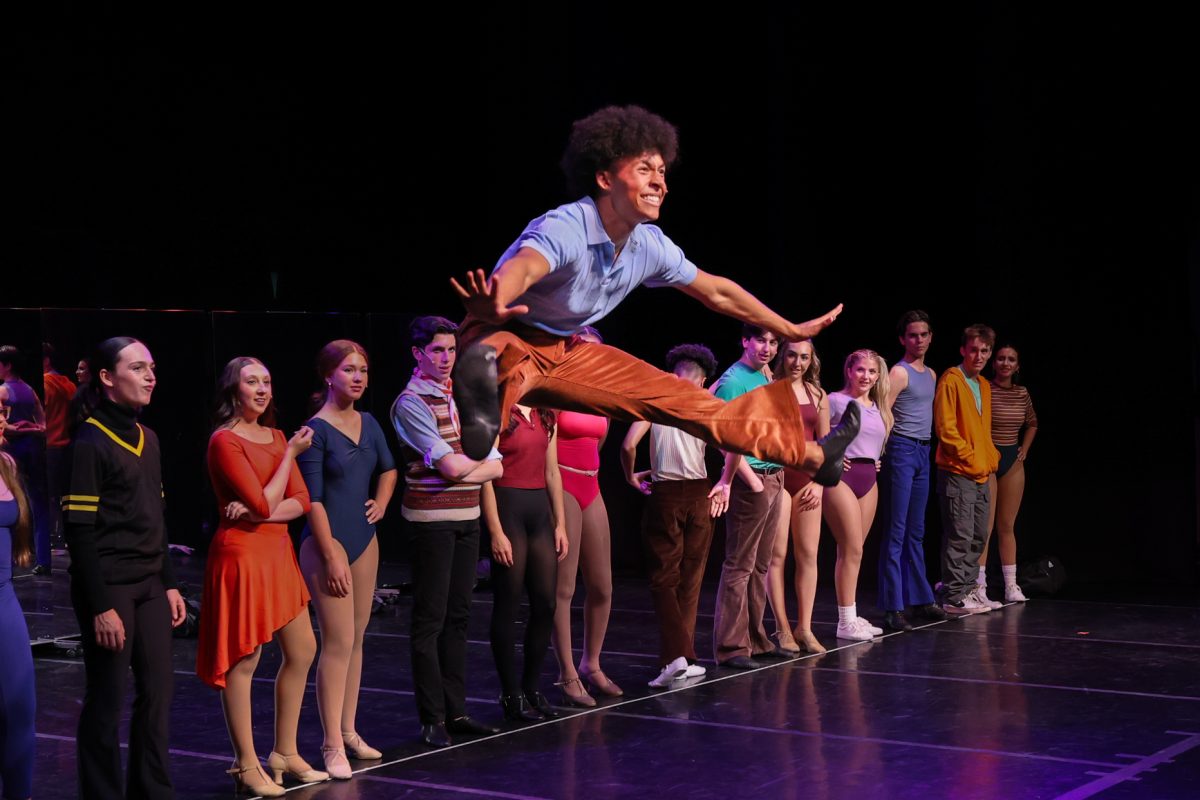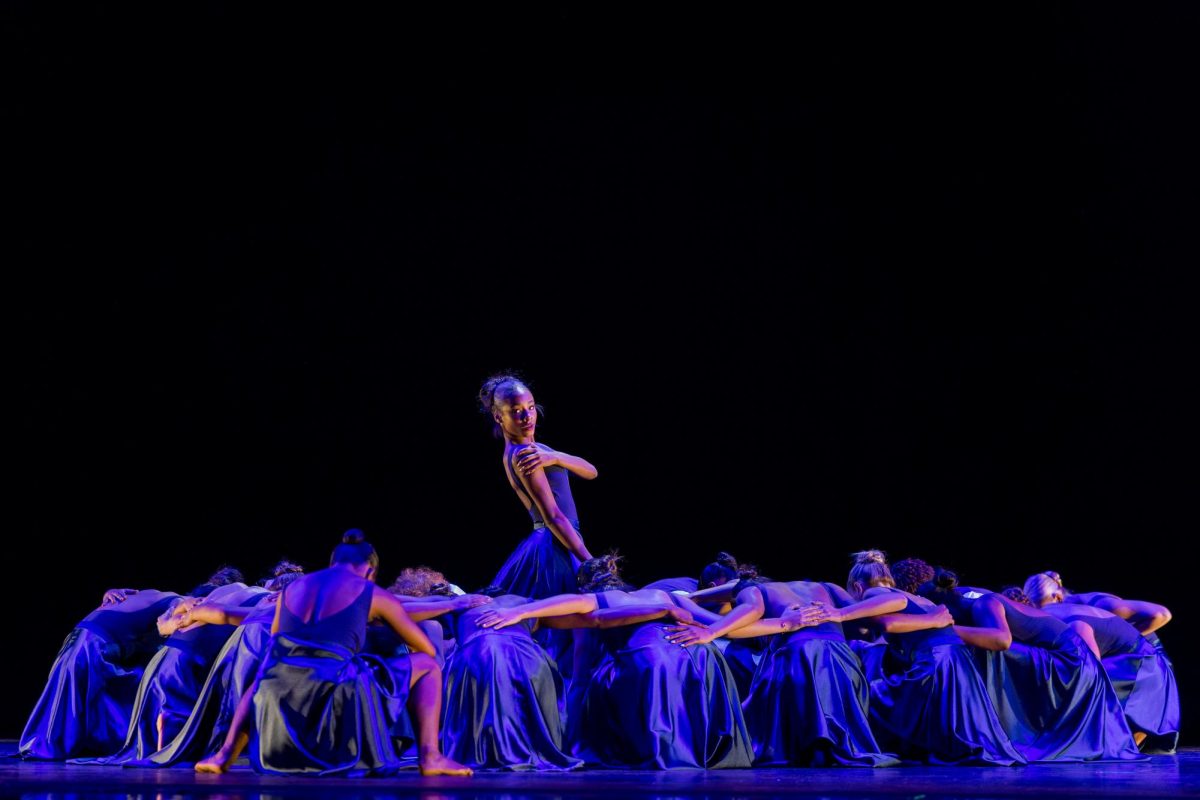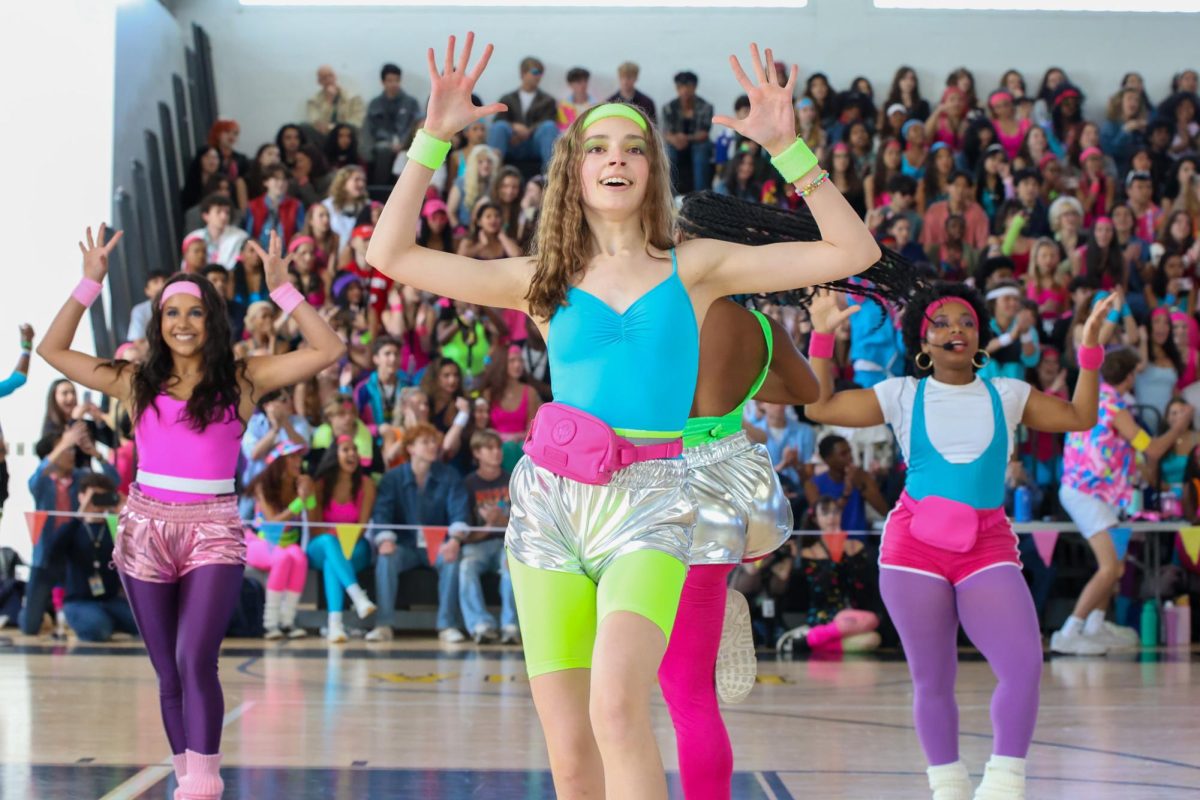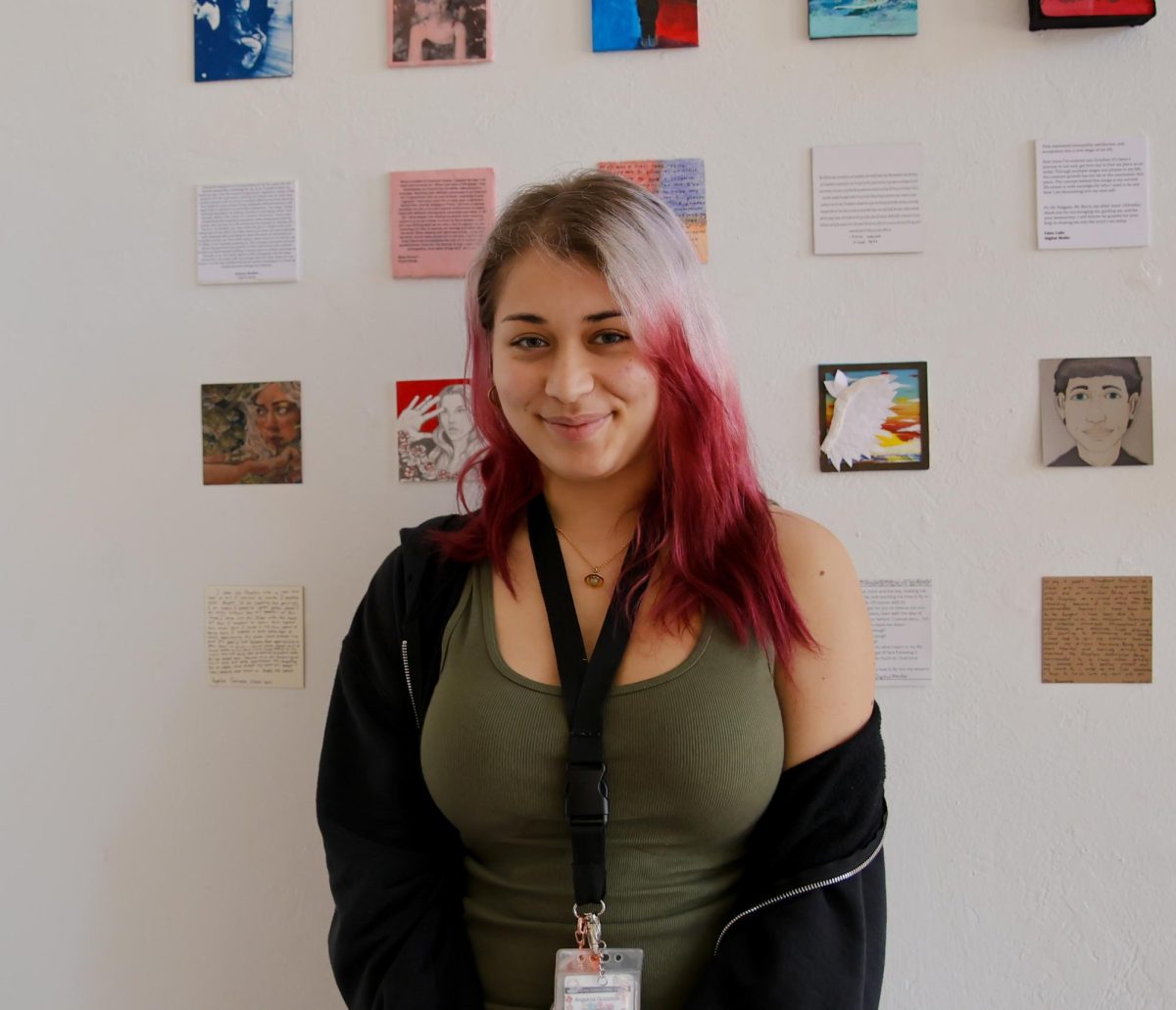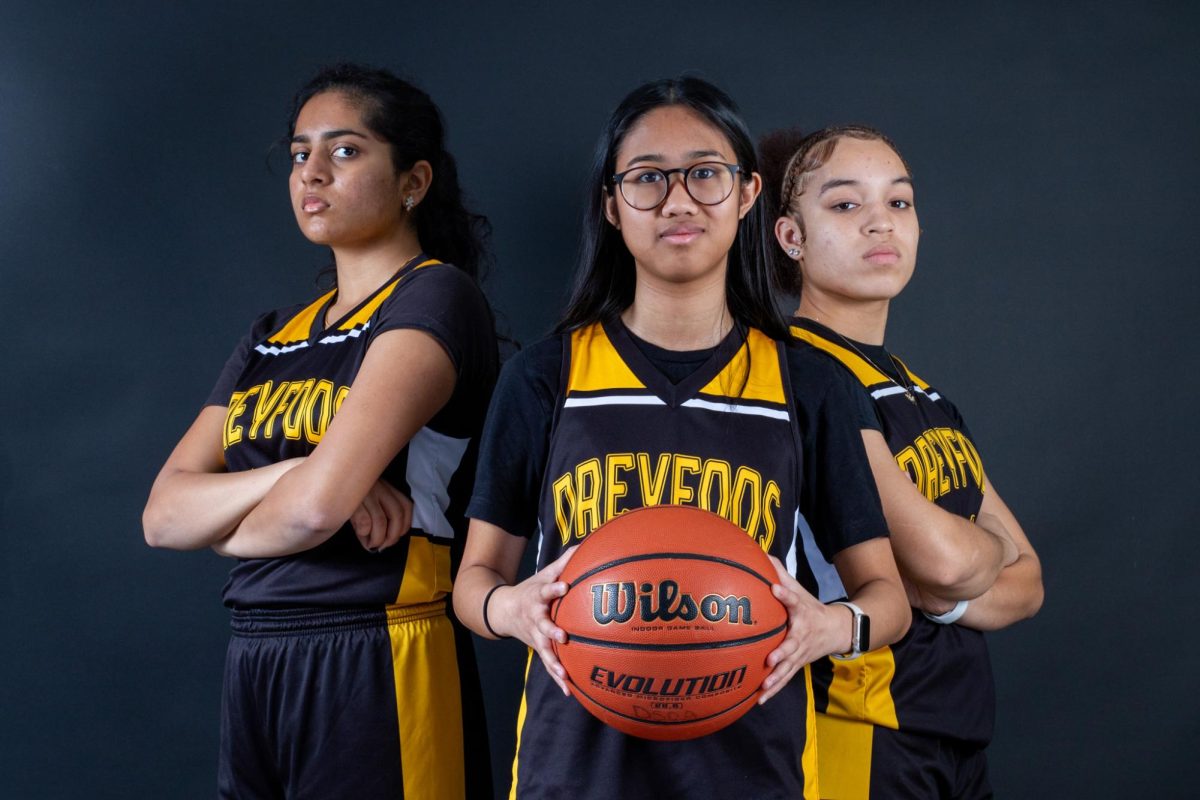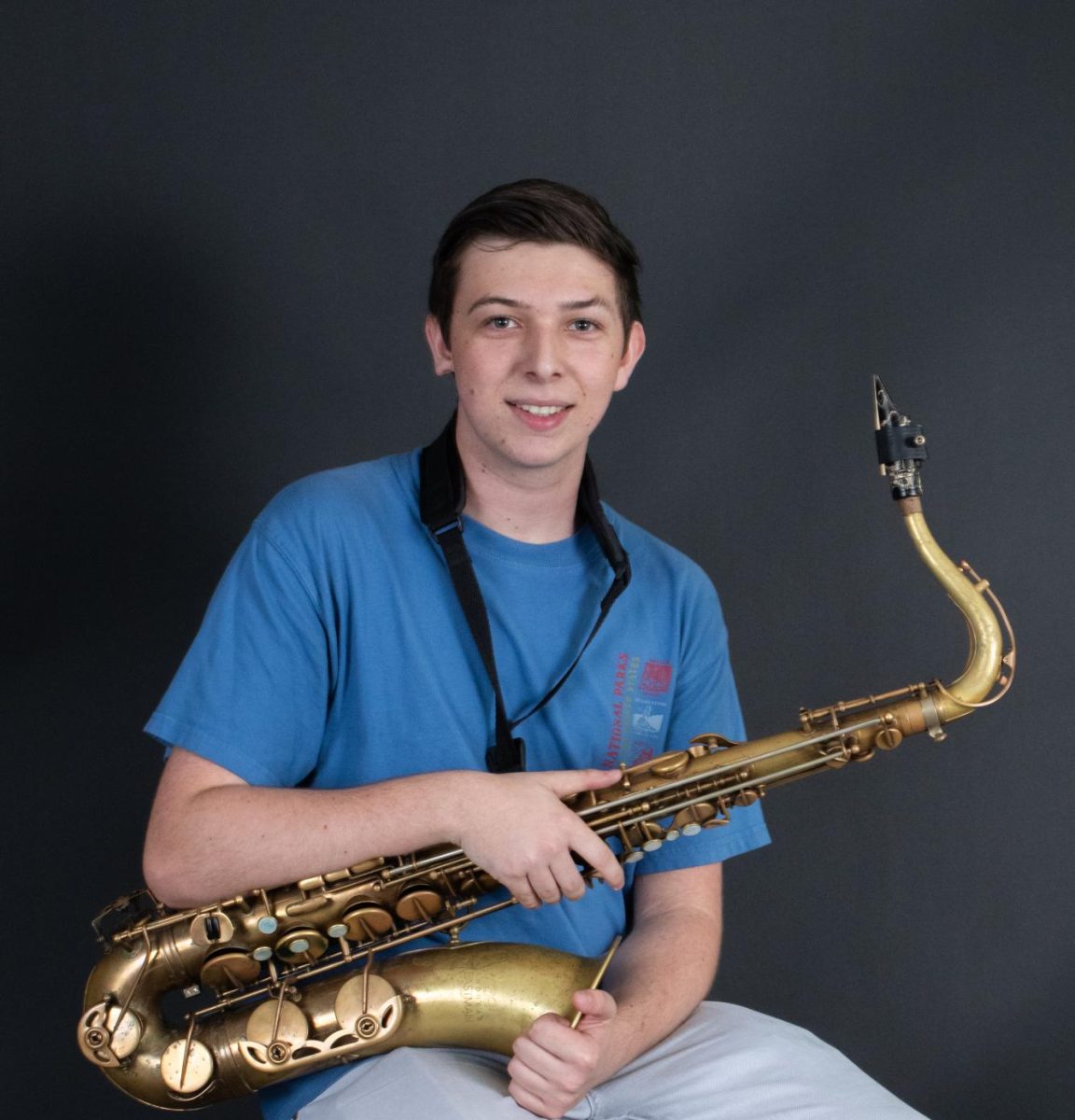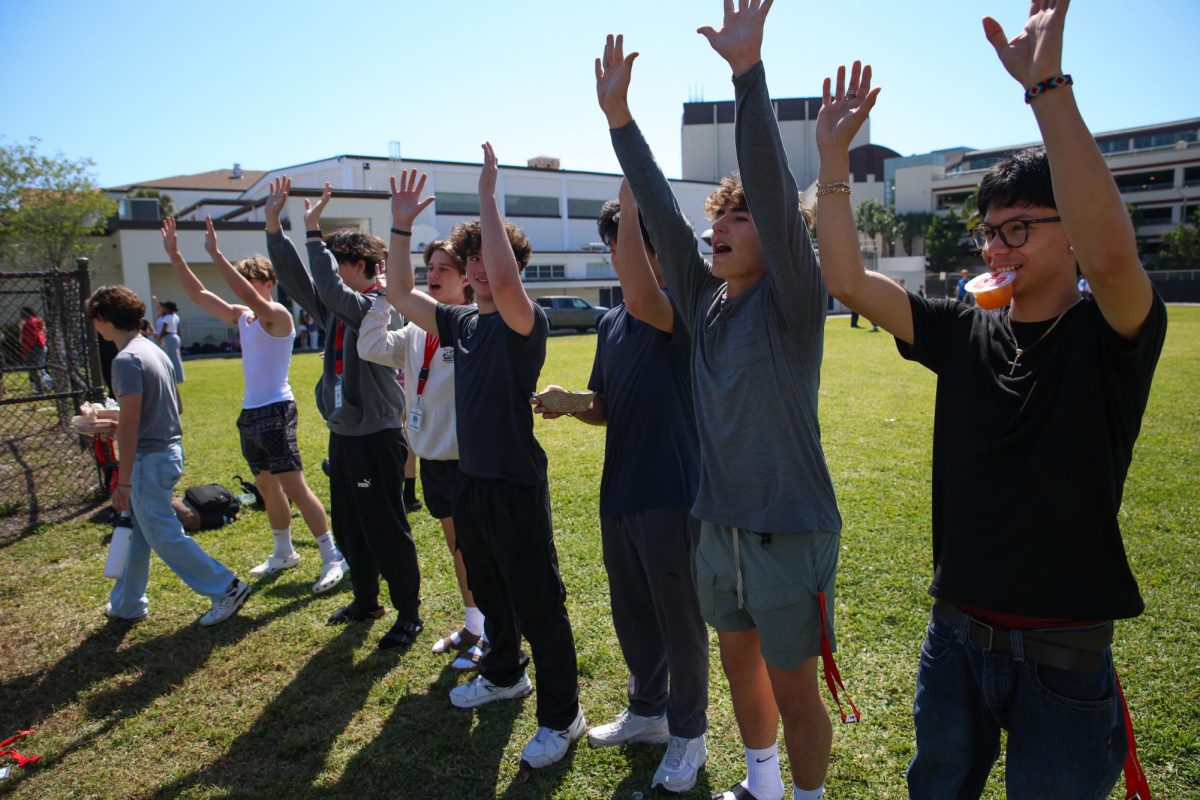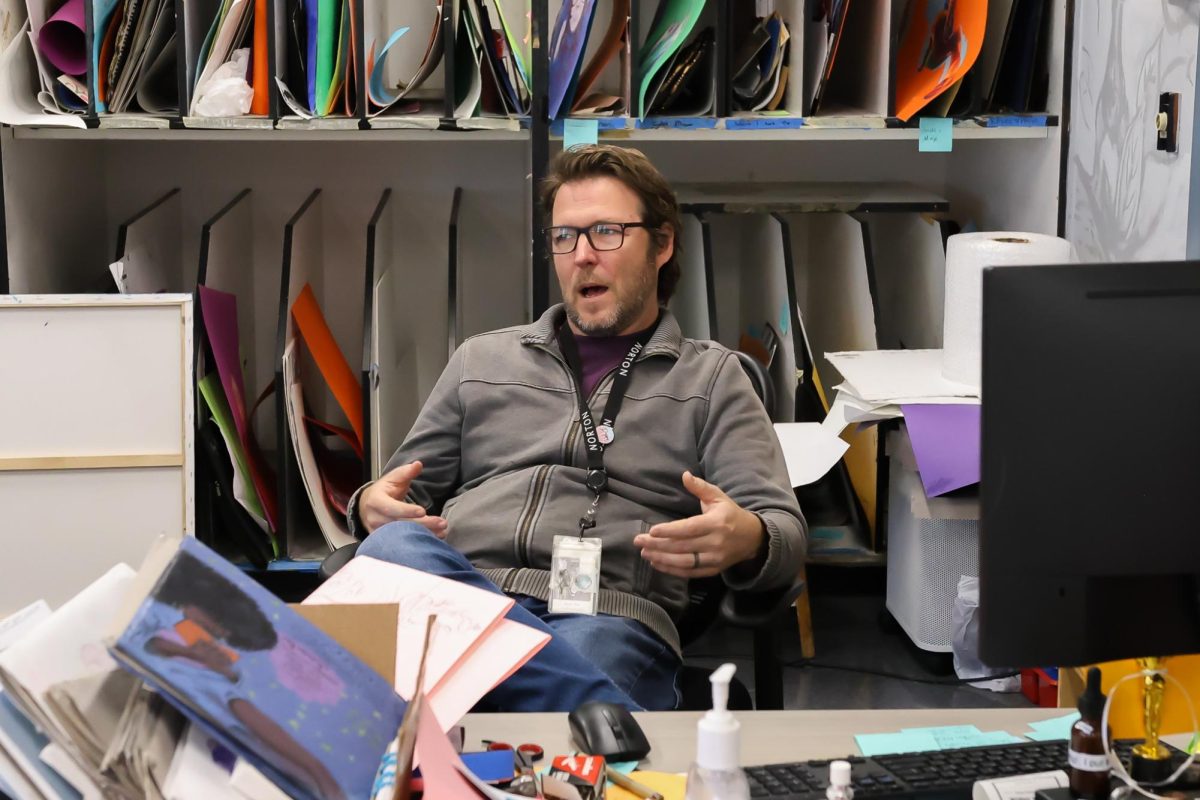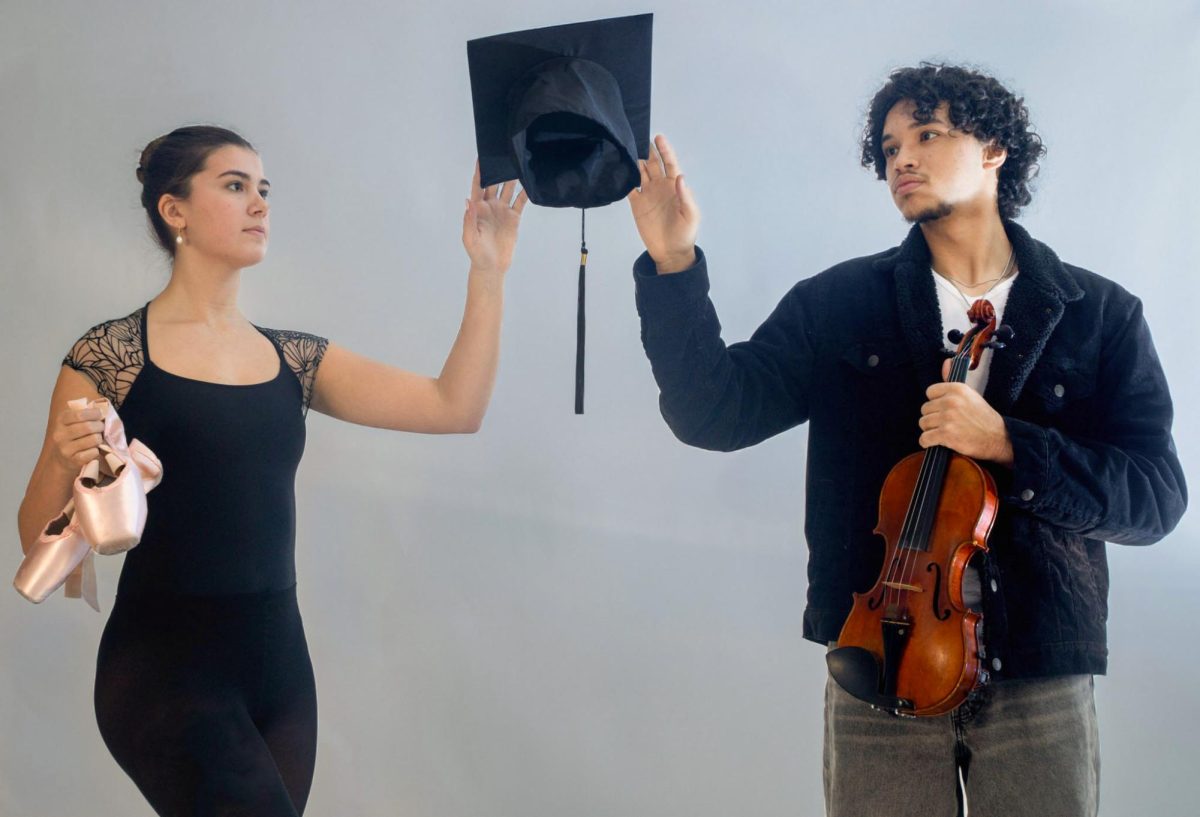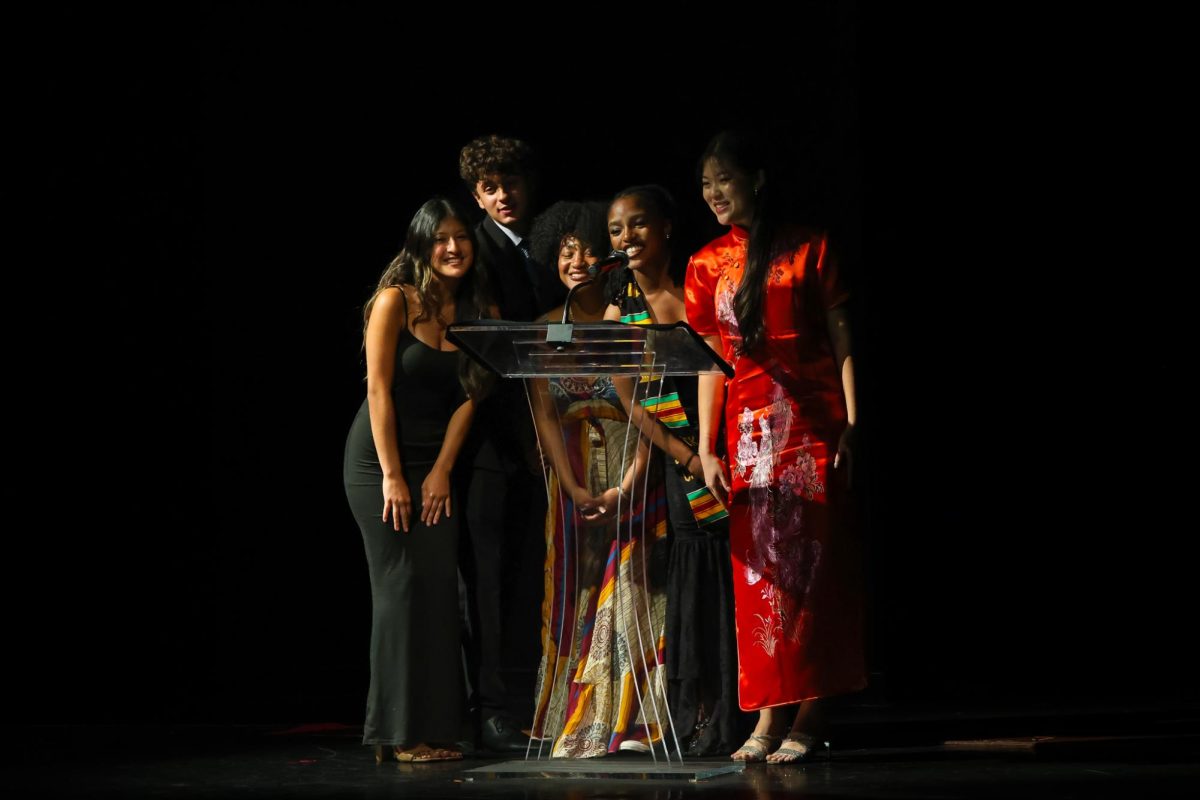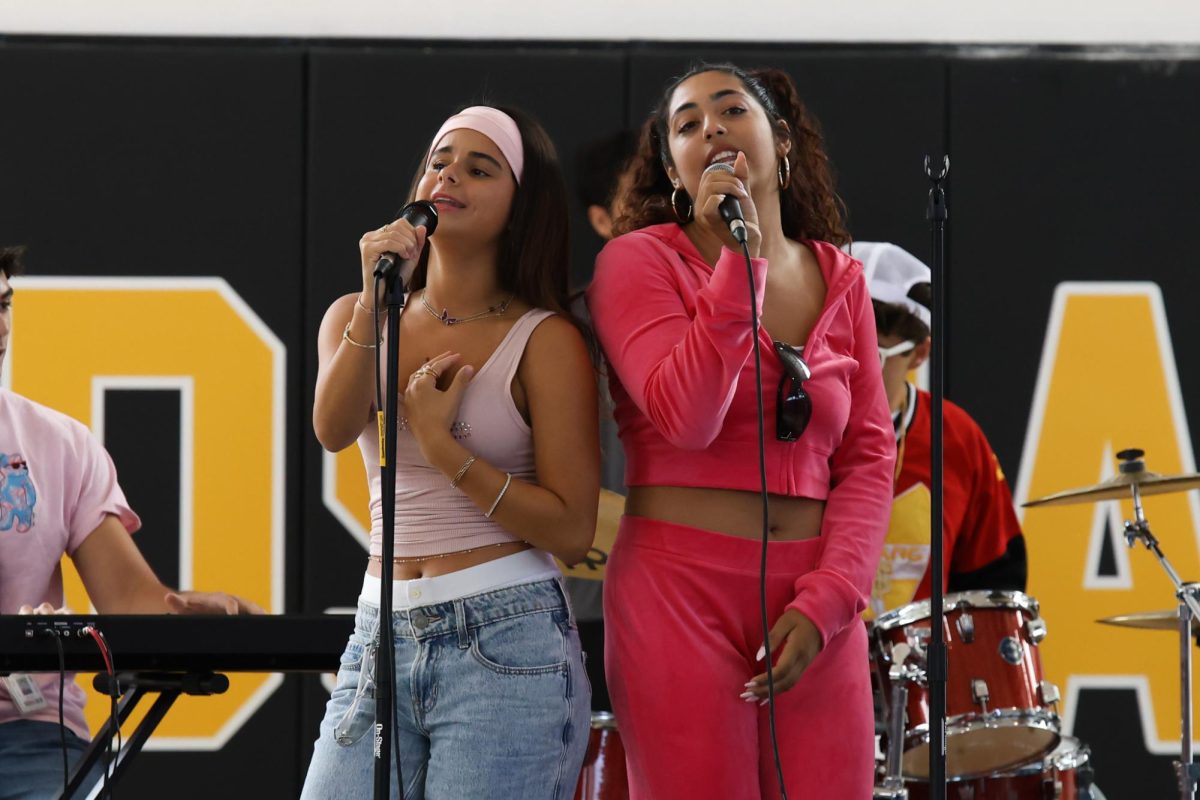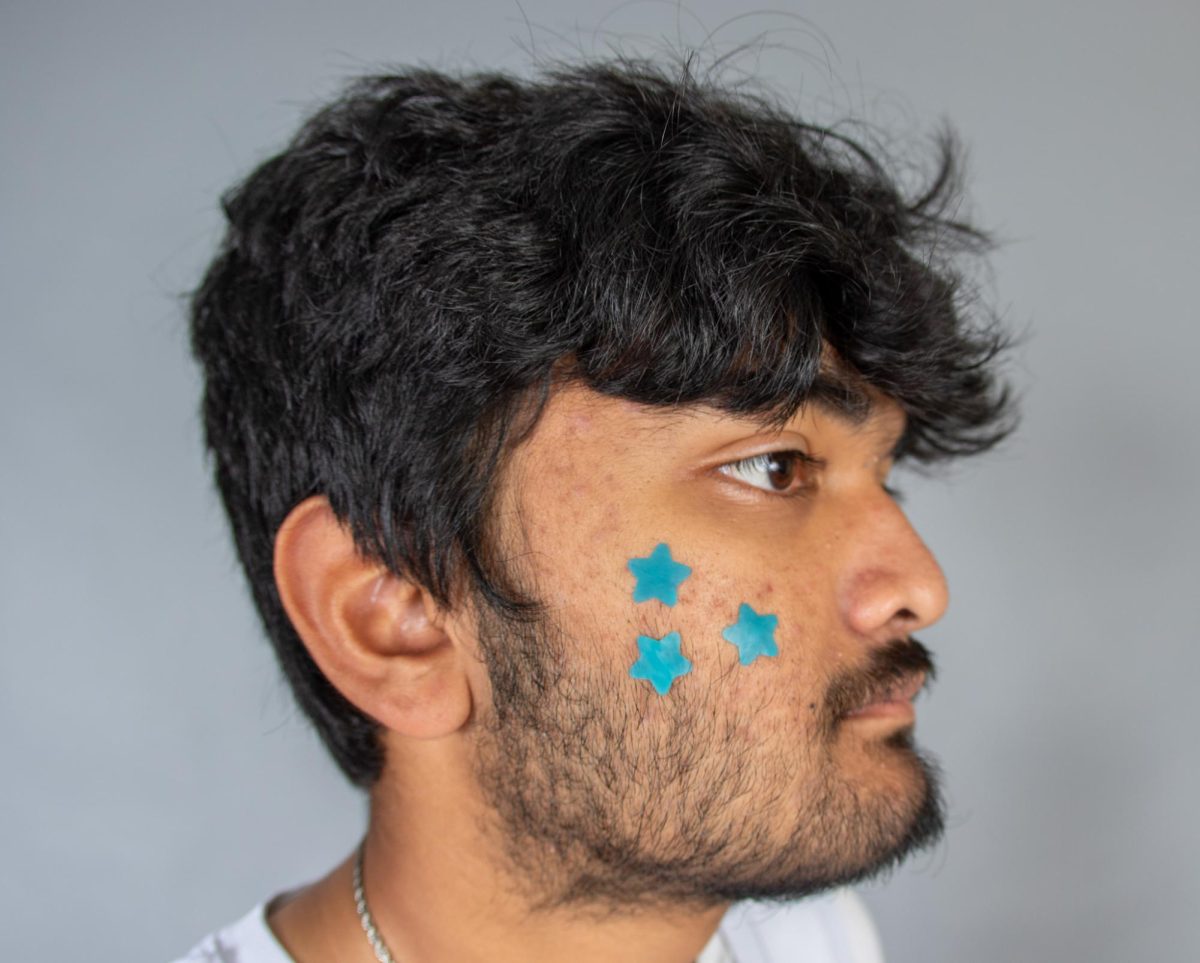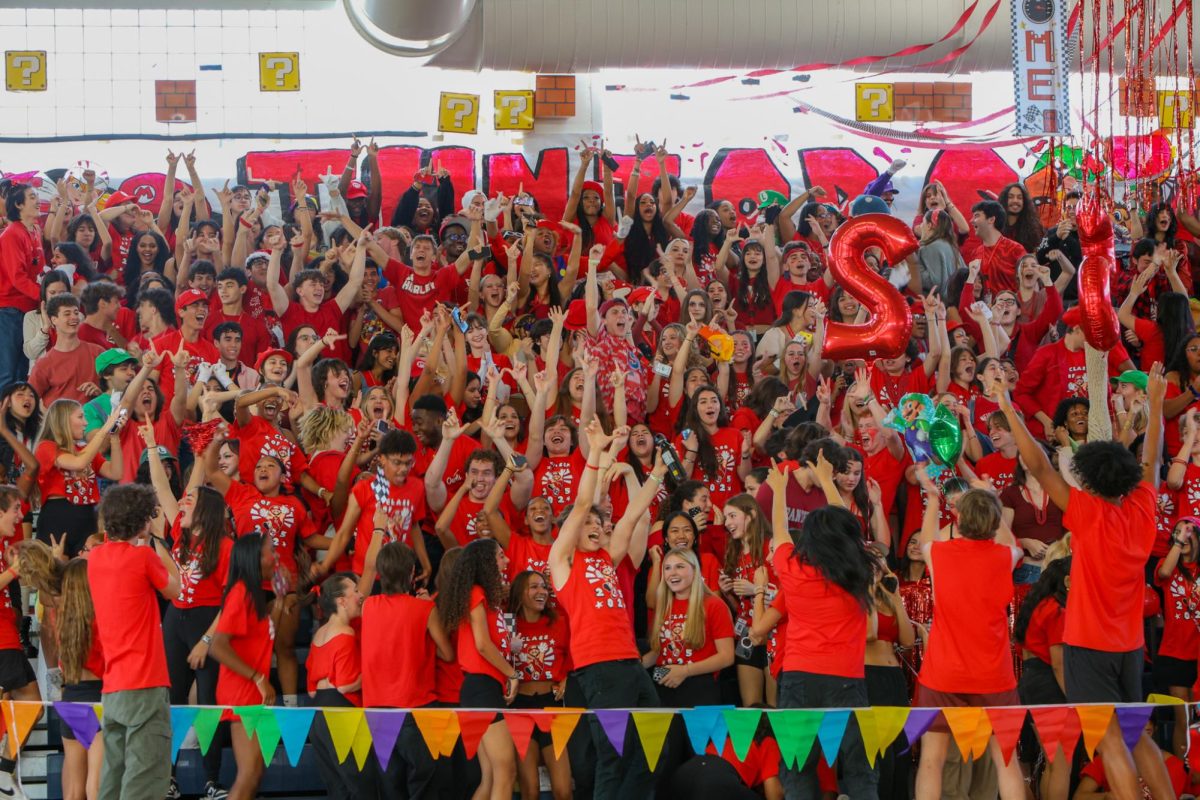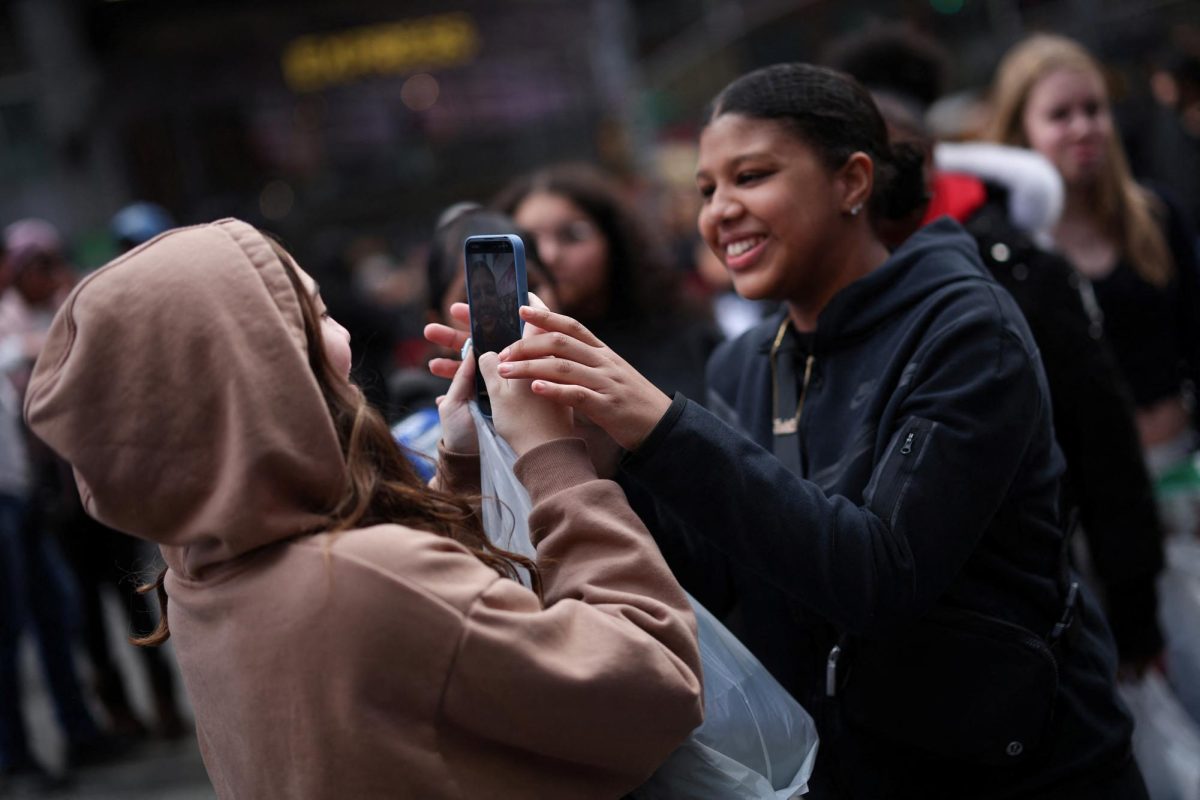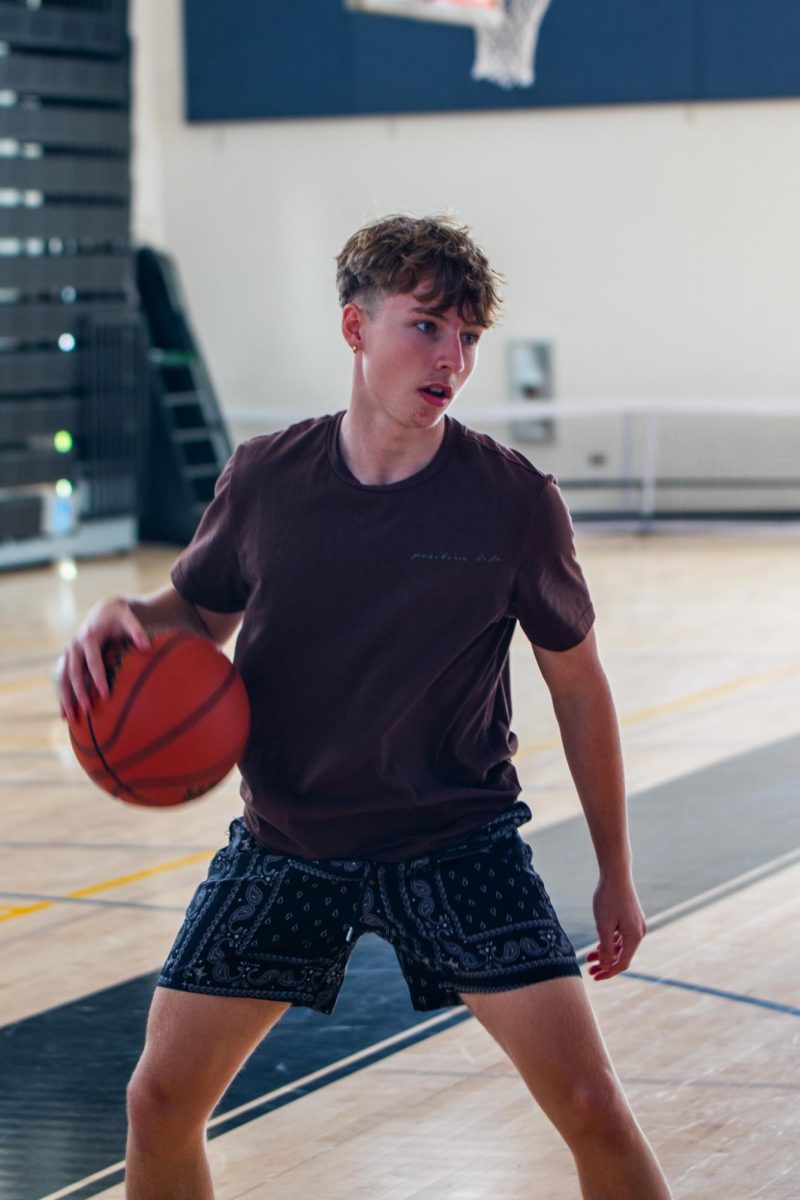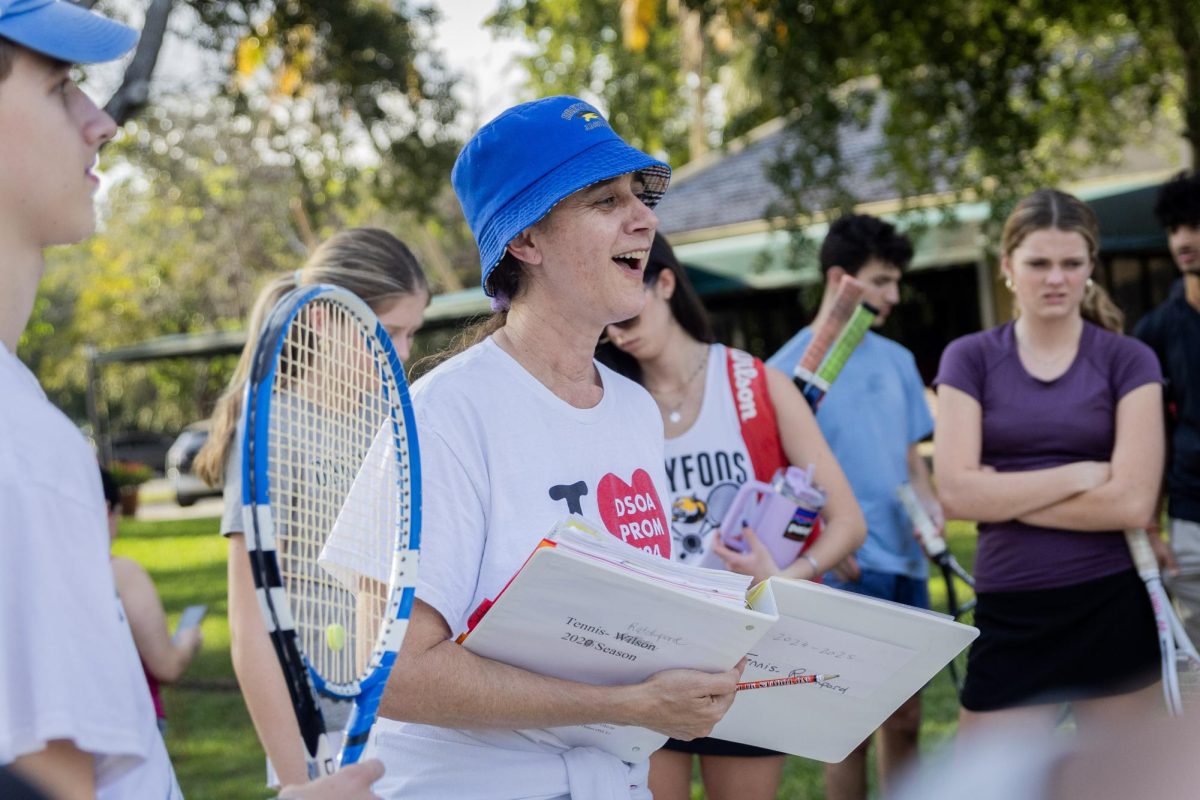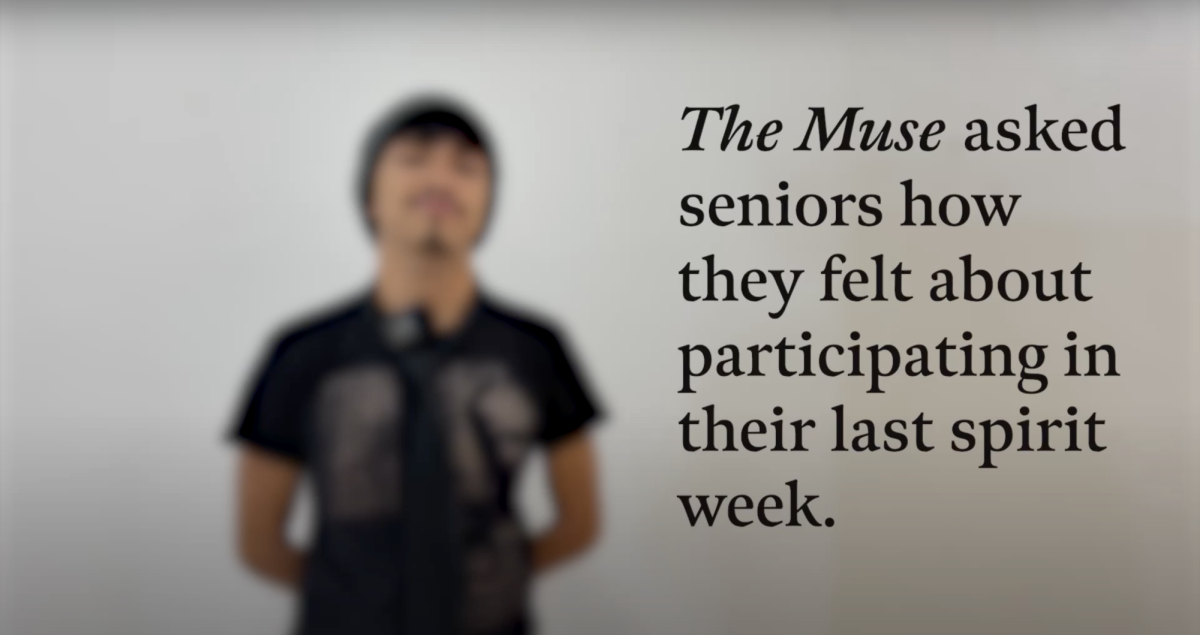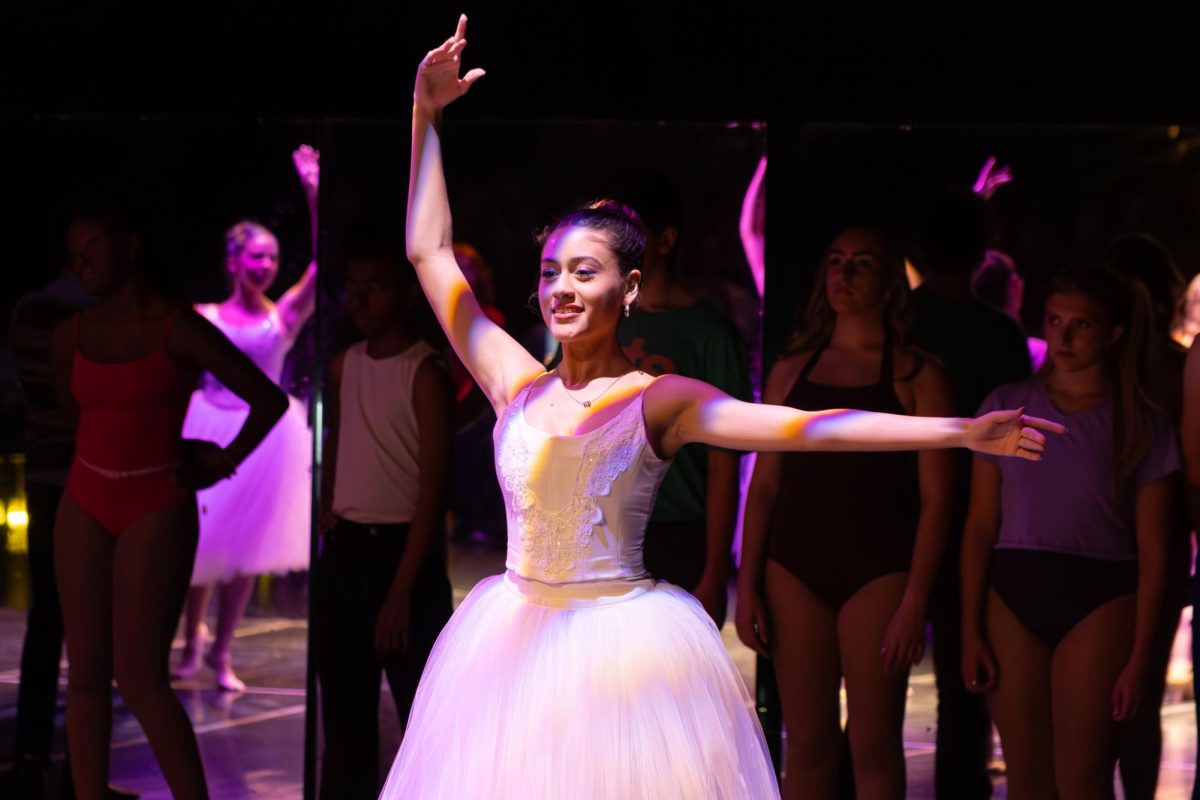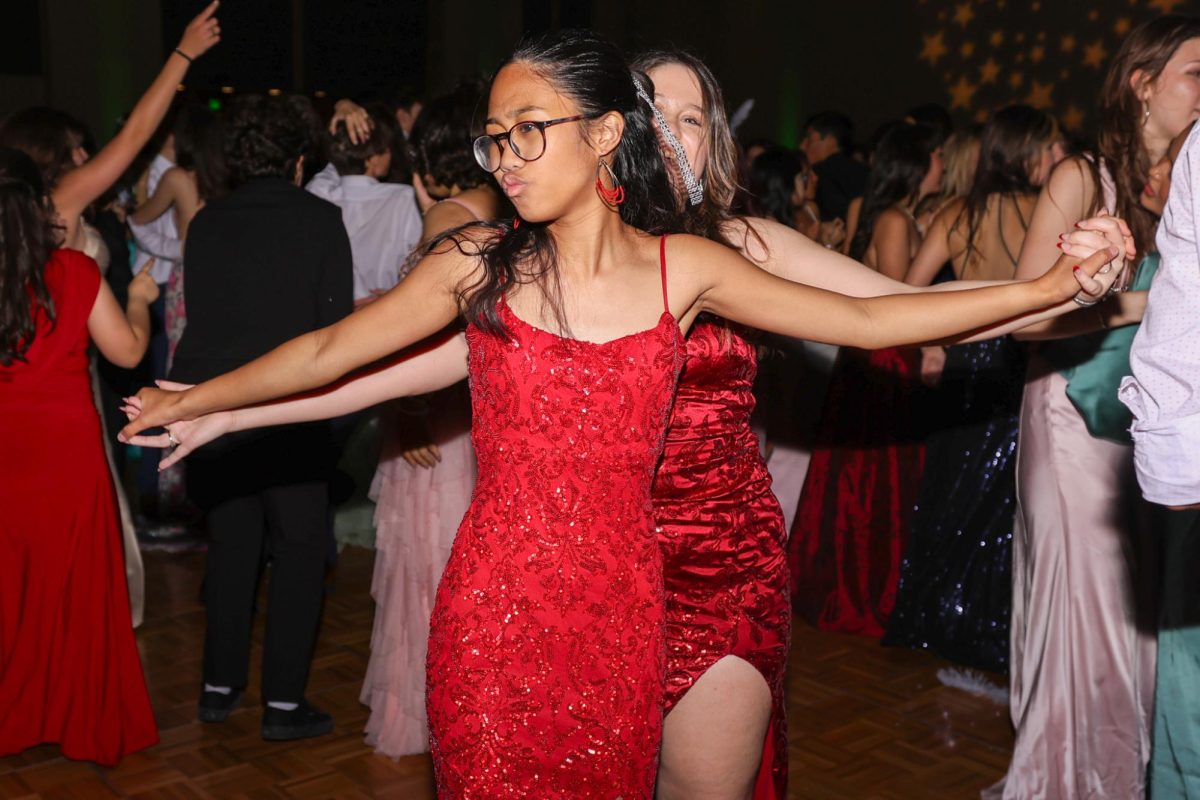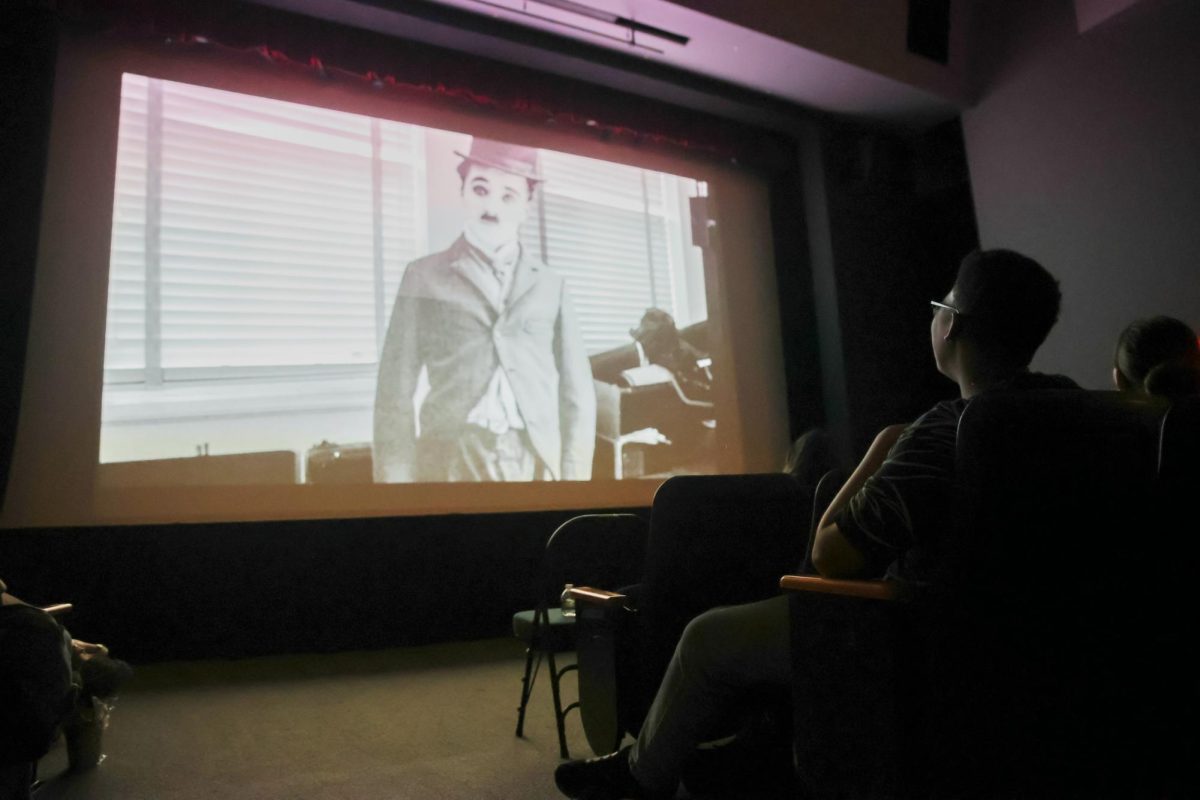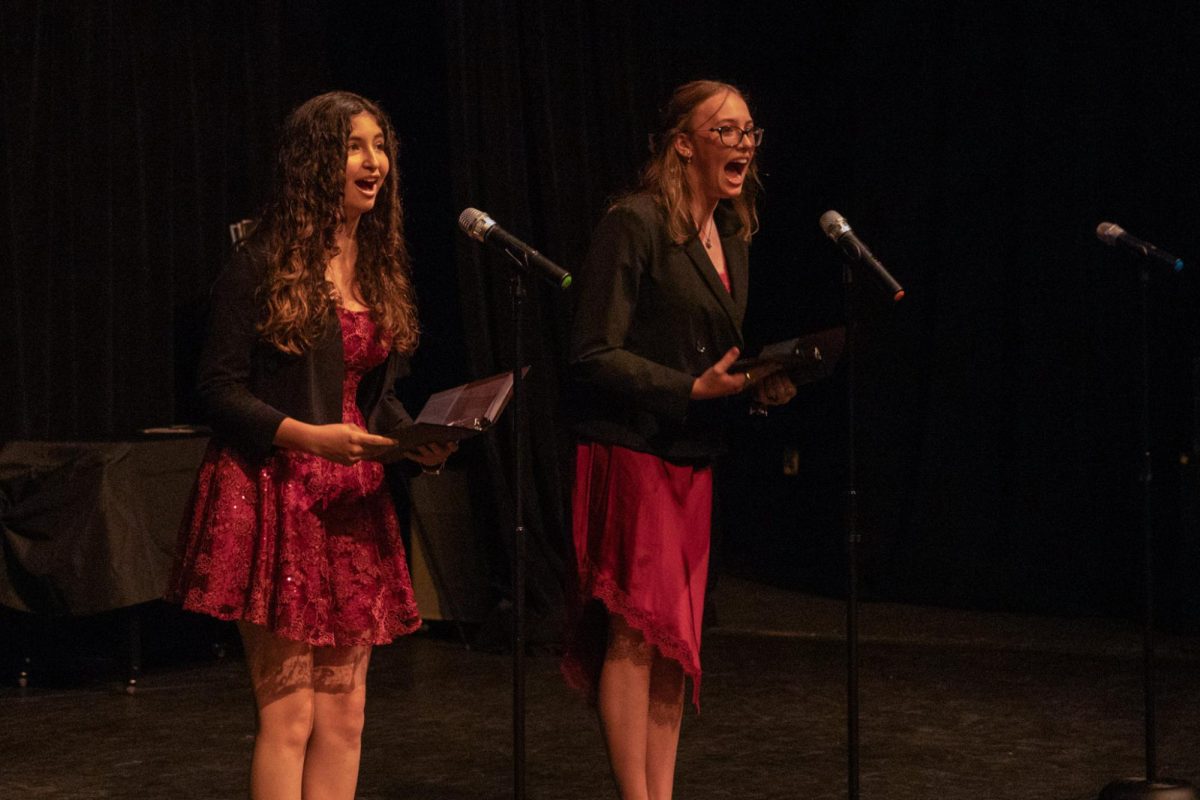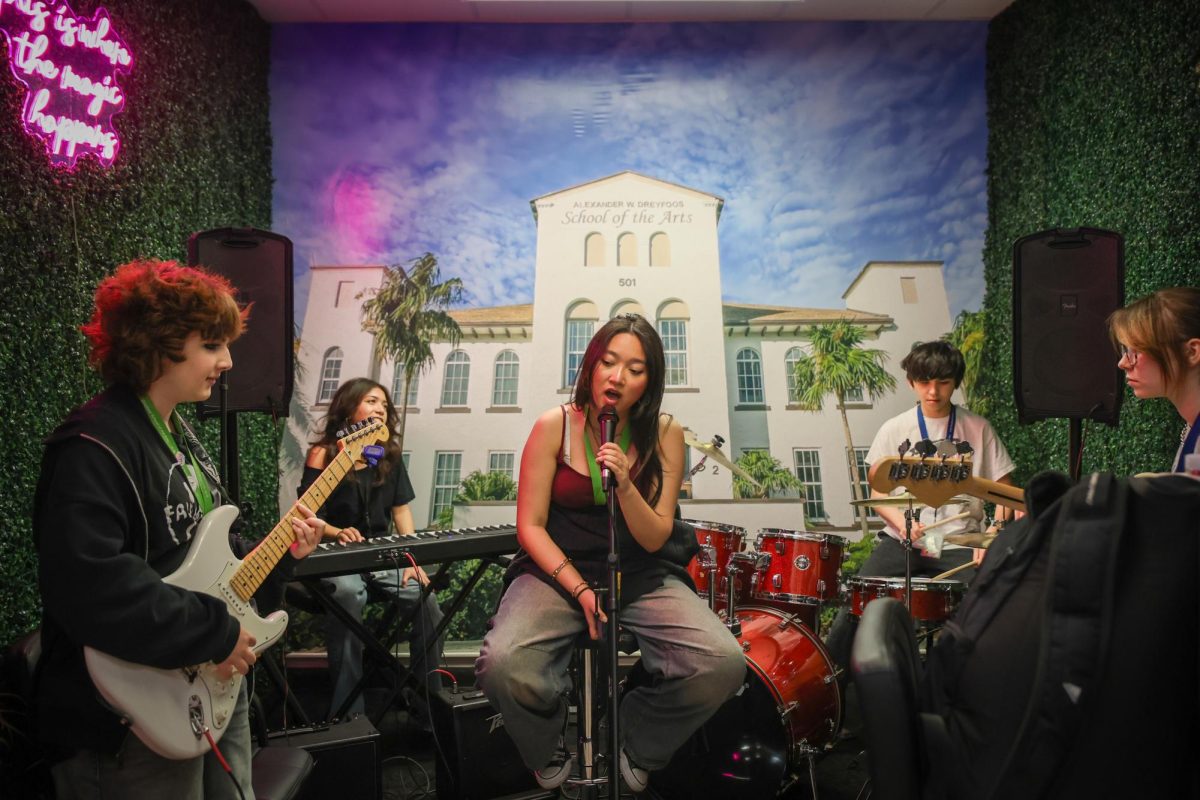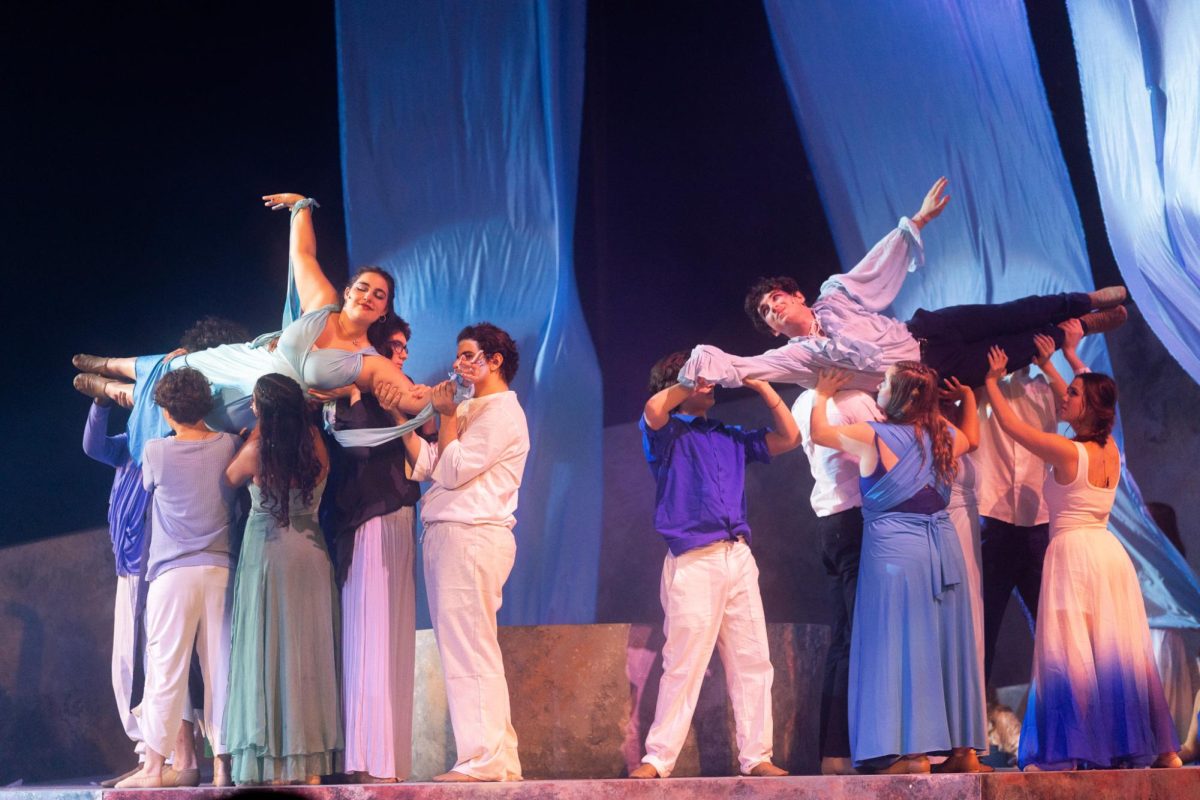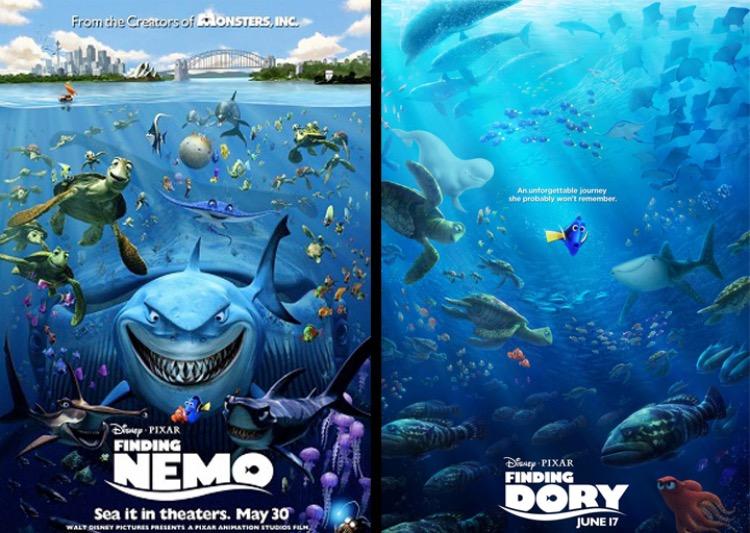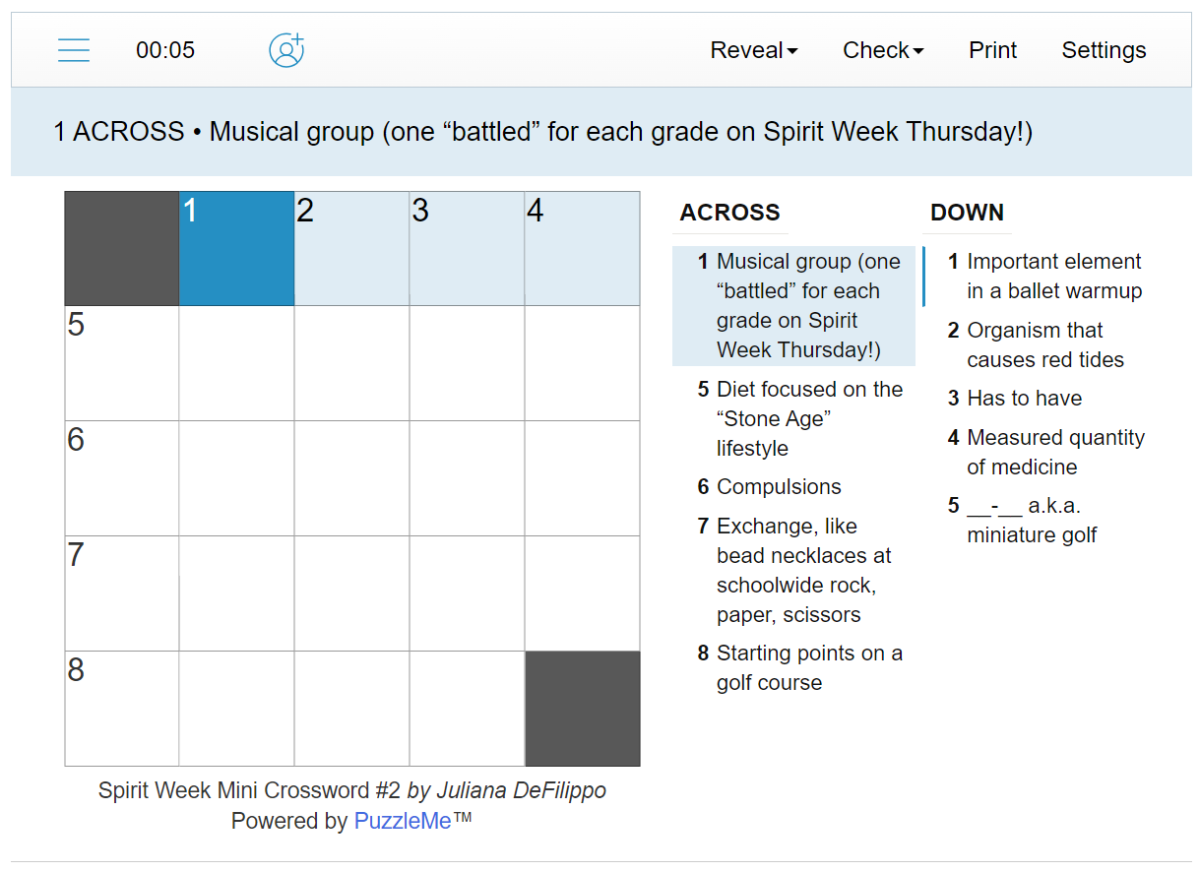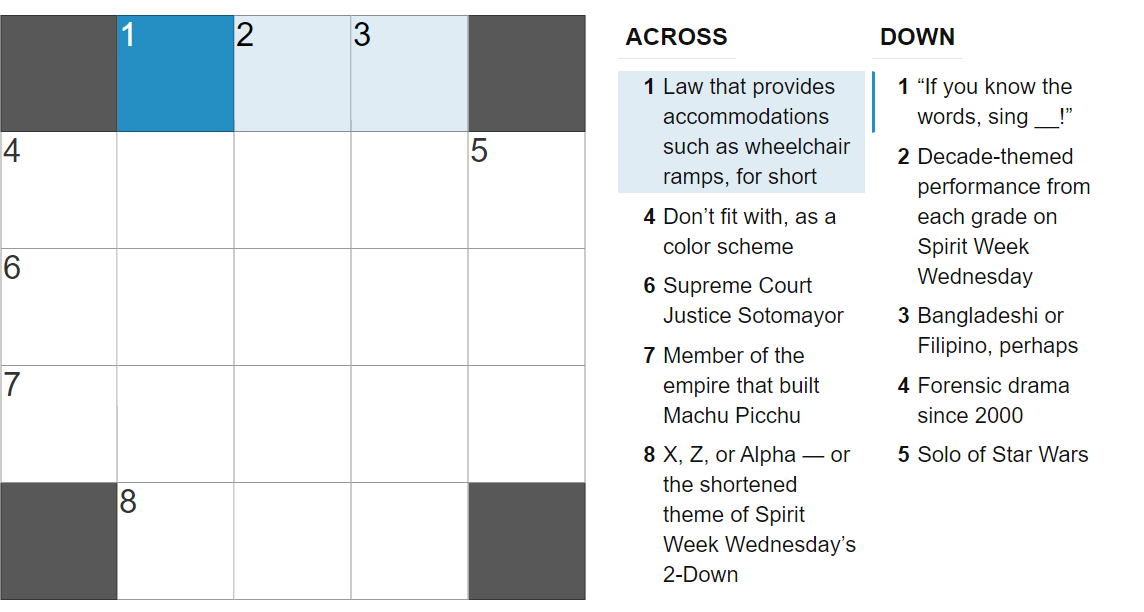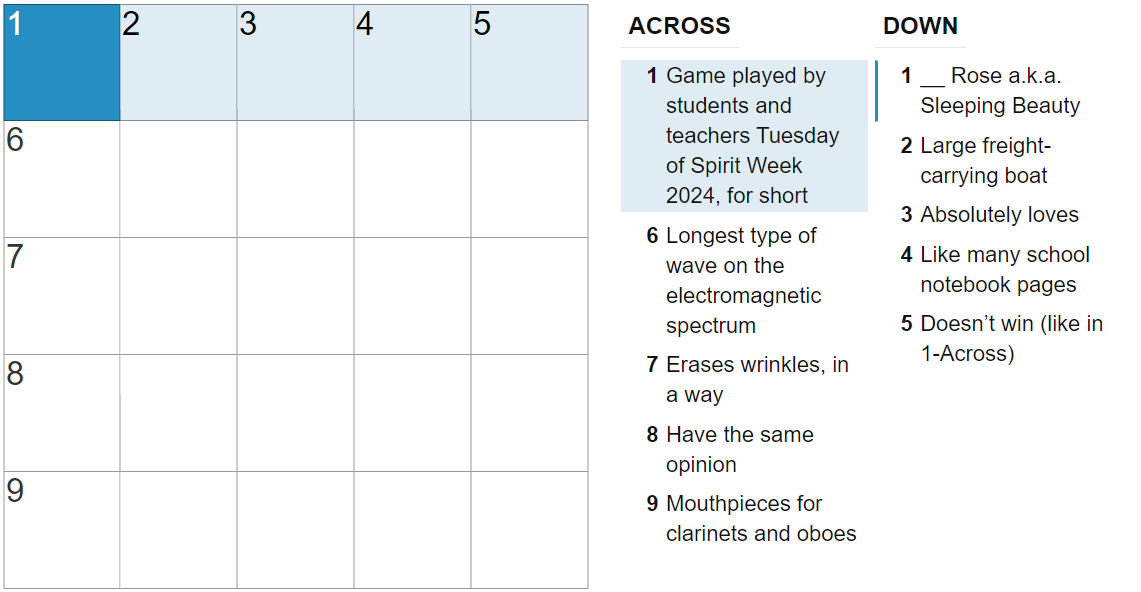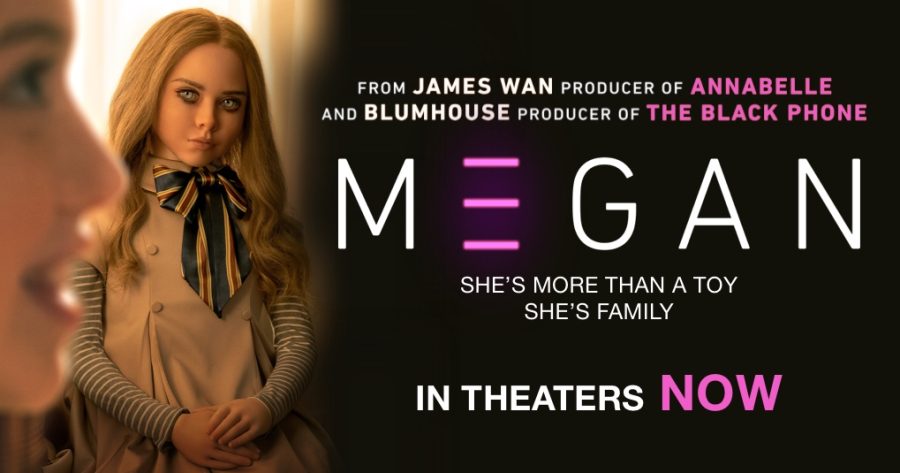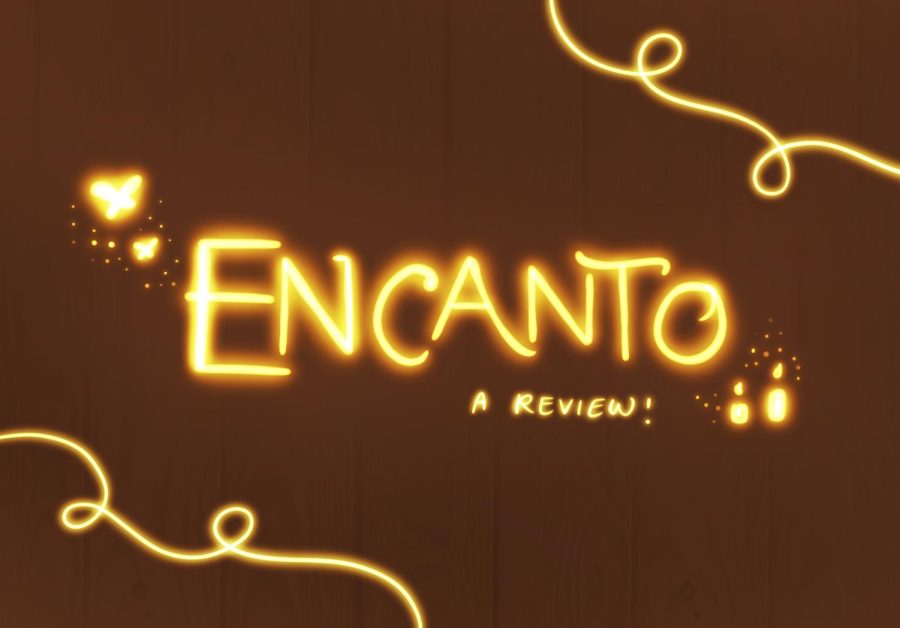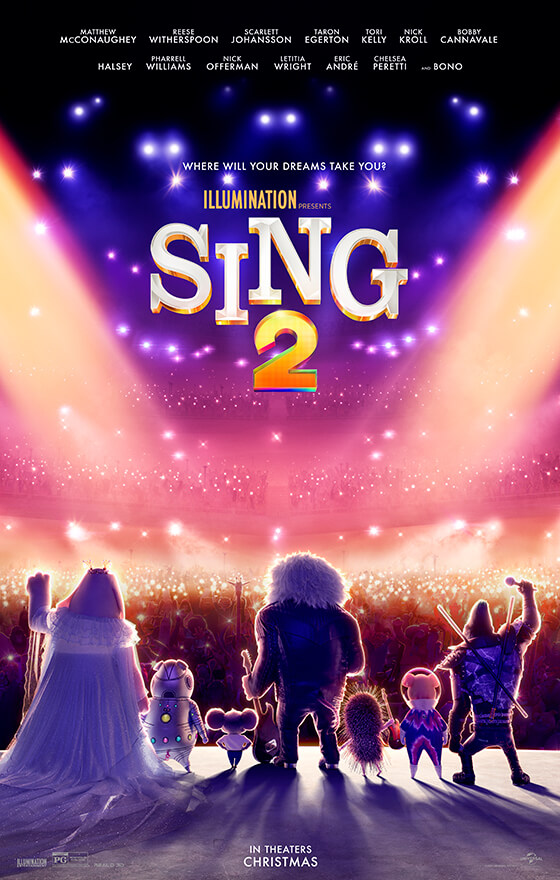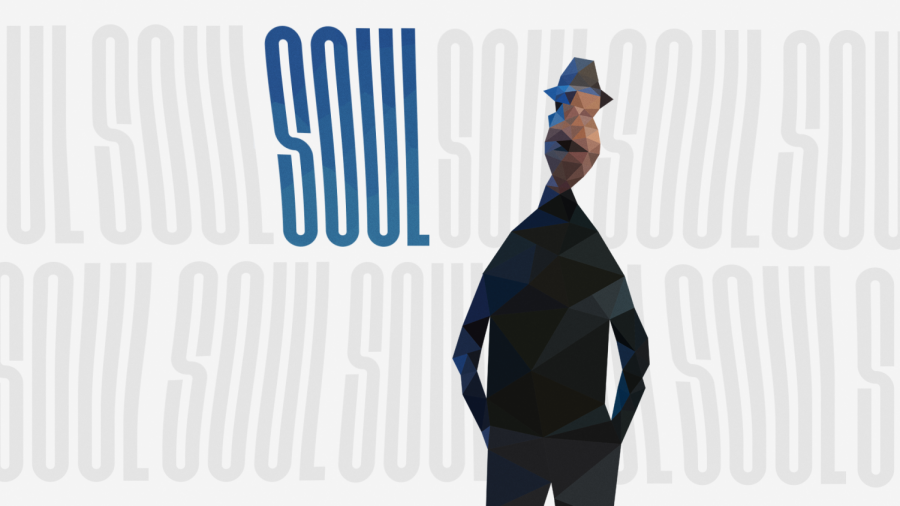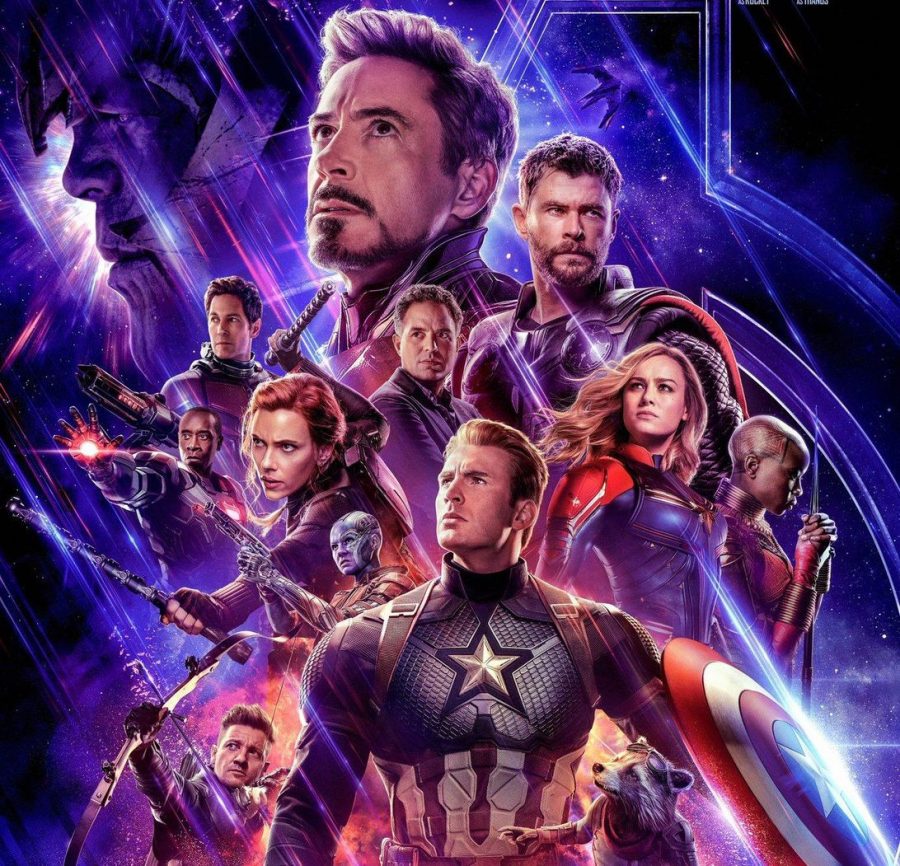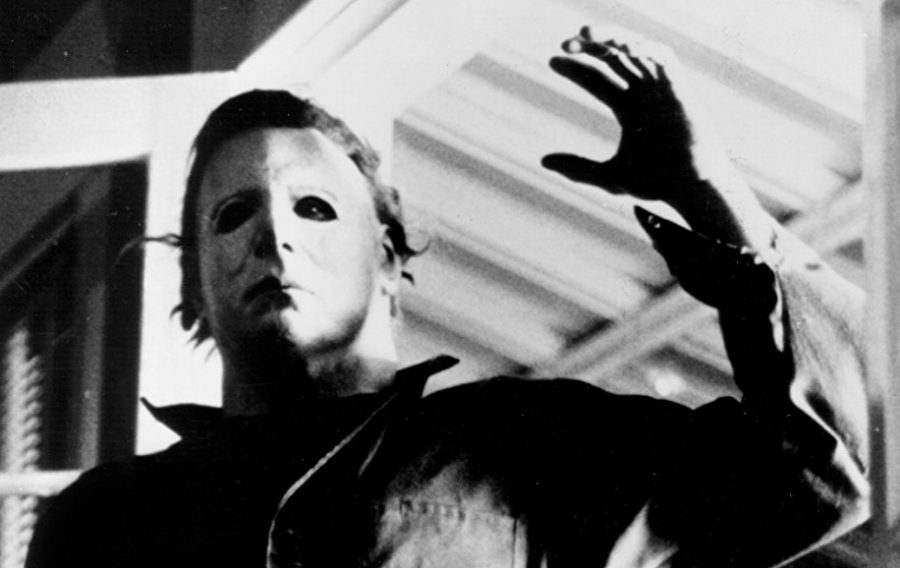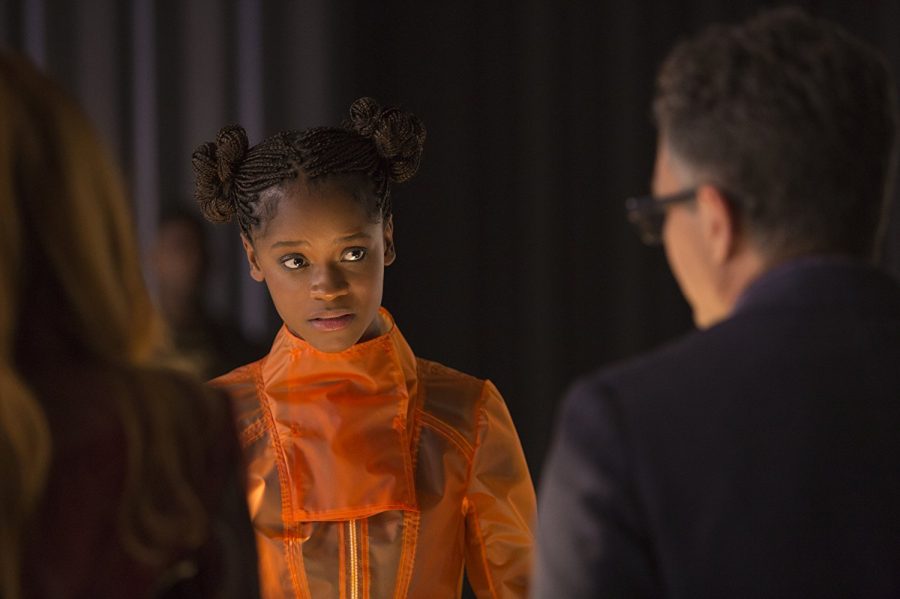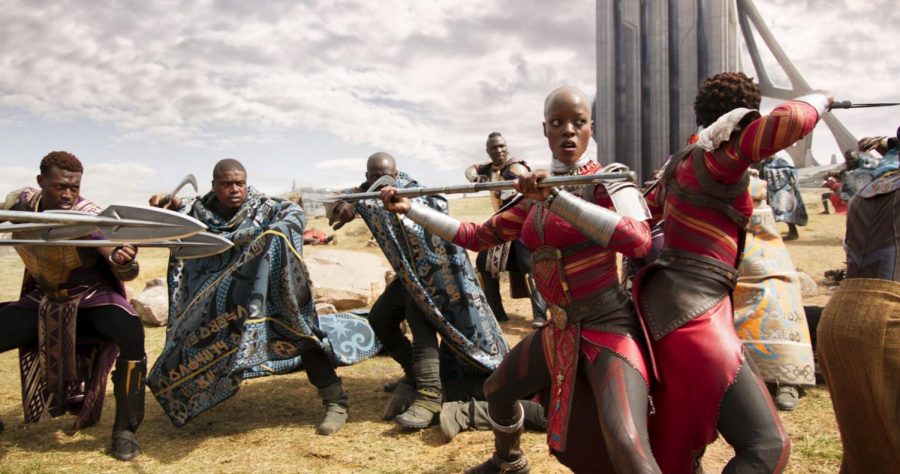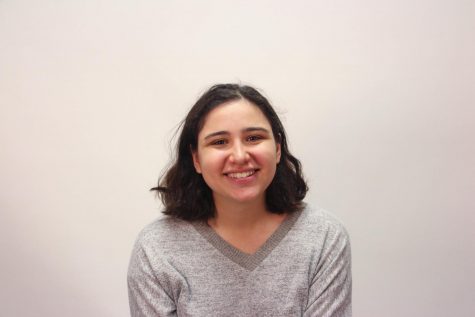As a three year old, accompanied by my parents, popcorn popped at home, and cheap candy bought from a drug store, “Finding Nemo” was the first movie I ever saw in theaters. That being said, I had ballpark-sized expectations for “Finding Dory,” from both my past experience and because Ellen DeGeneres constantly complained about the lack of a “Nemo” sequel on national television.
So three years ago, when the date finally came out, and DeGeneres put a countdown clock on the screen to read that 1,395,362 minutes had remained until its release, I was ecstatic and nearly jumped out of my seat. Now, three years later, I have finally seen it; and it was good. Really good.
In “Finding Nemo,” Pixar’s 2003 animation, the ocean is clownfish Nemo’s oyster, for better or for worse. His father, extra careful and extremely overprotective Marlin, is fearful of his son getting hurt as he has a shortened fin; but the inevitable happens: Nemo swims too close to the surface, is scooped up by a diver, and is taken to a dentist’s fish tank. Horrified, Marlin swims out to find him, meeting along the way a cast of characters including a blue tang fish by the name of Dory, sharks, jellyfish, turtles, and creatures Marlin would normally be afraid of. Together, they try to find Nemo, and eventually they do.
Now, in 2016, the blue tang fish has her own movie, and it’s only been 13 years.
“Finding Dory” takes place approximately a year after Nemo is found. Beginning with a flashback, we see an adorable, bug-eyed, soft-voiced fish who lives in a reef with her parents, Jenny and Charlie, and who suffers from short-term memory loss. It then flashes forward to her adulthood, and we see that she has lost her family, but has forgotten about it, and has also helped to raise Nemo after he had been found the year before. One day, during a lesson in Nemo’s class, Dory experiences a flashback from her childhood; remembering both her family and where she is from: the Jewel of Morro Bay. She sets off on a mission to try and find them with her trusty sidekicks (Marlin and Nemo) by her side, meeting her own cast of characters along the way.
Both movies are beautifully done, in casting and in the way the story is told. They are sweet, empathetic, and place an emphasis on the importance of family. However, in Dory’s case, instead of exploring the ocean like Marlin had, she is exploring the Marine Life Institute, an amusement park complete with children, strollers, gift shops, strange birds, octopi, and sea lions galore. It’s huge, huge and hard for a fish with Dory’s condition to find her way around and ultimately locate her parents.
Like all other Disney movies though, there is a lesson to be learned. It may be subtle, but it plays a huge role; it’s the celebration of differences, no matter how large or small. In the first movie, Dory’s character was primarily there for comedic relief, and we laughed at her memory loss as we followed Marlin through his endeavors to find his son. Now, however, in “Dory,” the former “entertainer” is our protagonist. We support her mission to try and find her parents and we support her dreams and aspirations; hoping and praying that she will “just keep swimming” and “follow the shells” back home by the end.

